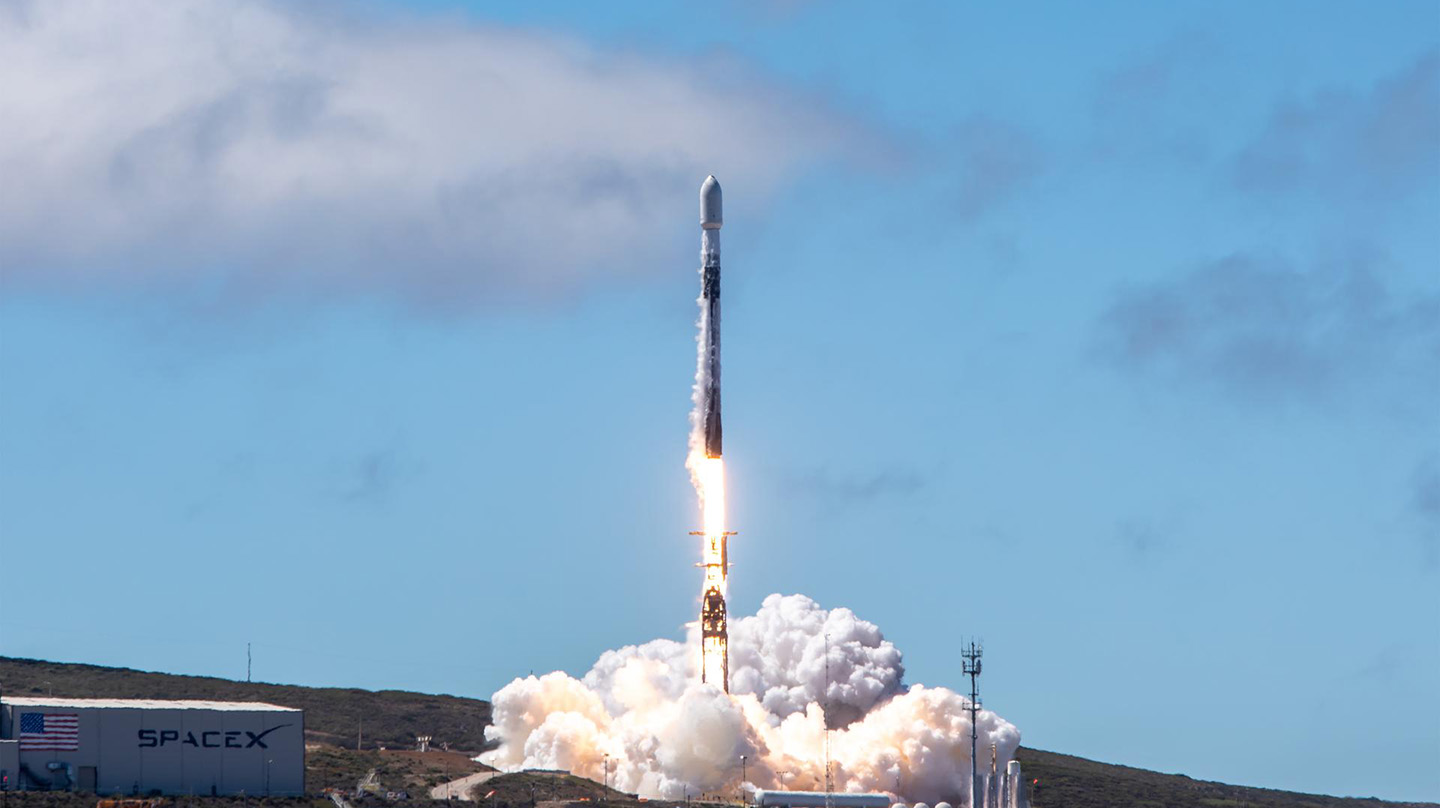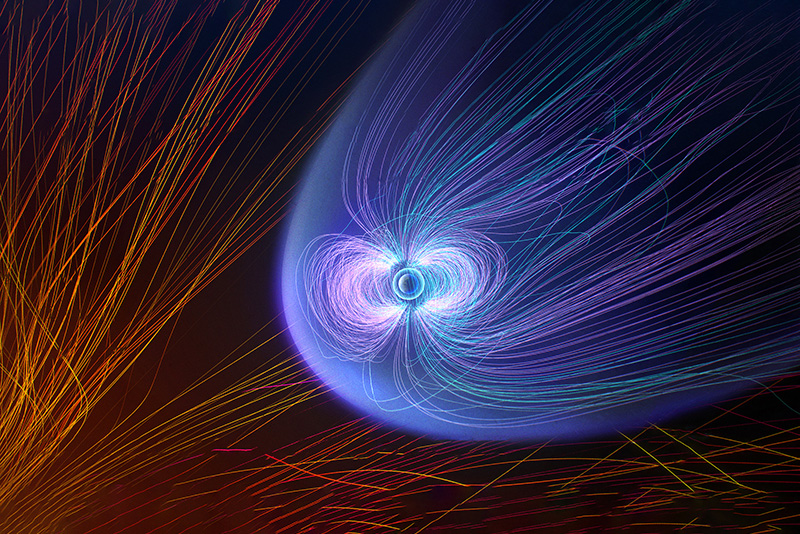
Space Weather and Heliophysics
Living with Our Sun
We’ve been lucky.
Behind the beauty and wonder of our Sun lies the potential for massive, violent forces to create giant eruptions, such as solar flares and coronal mass ejections (CMEs), that blast energy, light, and particles into space, creating so-called geospace storms. And while our world is a relatively small target, a direct hit from a CME would profoundly impact our power grids, satellite systems, air travel, and communications—damaging our economic infrastructure and threatening national security.
APL is a leader in space weather science, observations, and modeling—particularly in understanding the drivers of solar activity, the role Earth’s magnetosphere plays in protecting us, and the response of the upper atmosphere to solar variability. APL has built and operates multiple space weather missions for NASA and plays critical roles in the creation, construction, and operation of numerous instruments that enhance our understanding of space weather in a broader context.
APL also prominently and actively fosters collaboration to develop physics-based and machine-learning models that establish the foundation for predicting and visualizing space weather events, conducts gap analyses, hosts the SEASONS conference on space weather, and leads tabletop exercises involving leaders from government and academia—further contributing to humankind’s preparedness to deal with a significant space weather event impacting Earth.
Expertise in Action
Impact of Space Weather Events
In 1972, a massive CME hit between the Apollo 16 and 17 missions. Had astronauts been on the surface of or orbiting the Moon, they would have received a near-lethal radiation dose.
In 1989, the impacts from a severe geospace storm caused power disruptions that spanned from Quebec to San Francisco.
In 2002, communication disruptions from space weather are believed to have led to the tragic deaths of U.S. service members at the Battle of Takur Ghar in Afghanistan.
In 2022, a rather weak geospace storm caused dozens of Starlink satellites to unexpectedly burn up in the atmosphere.
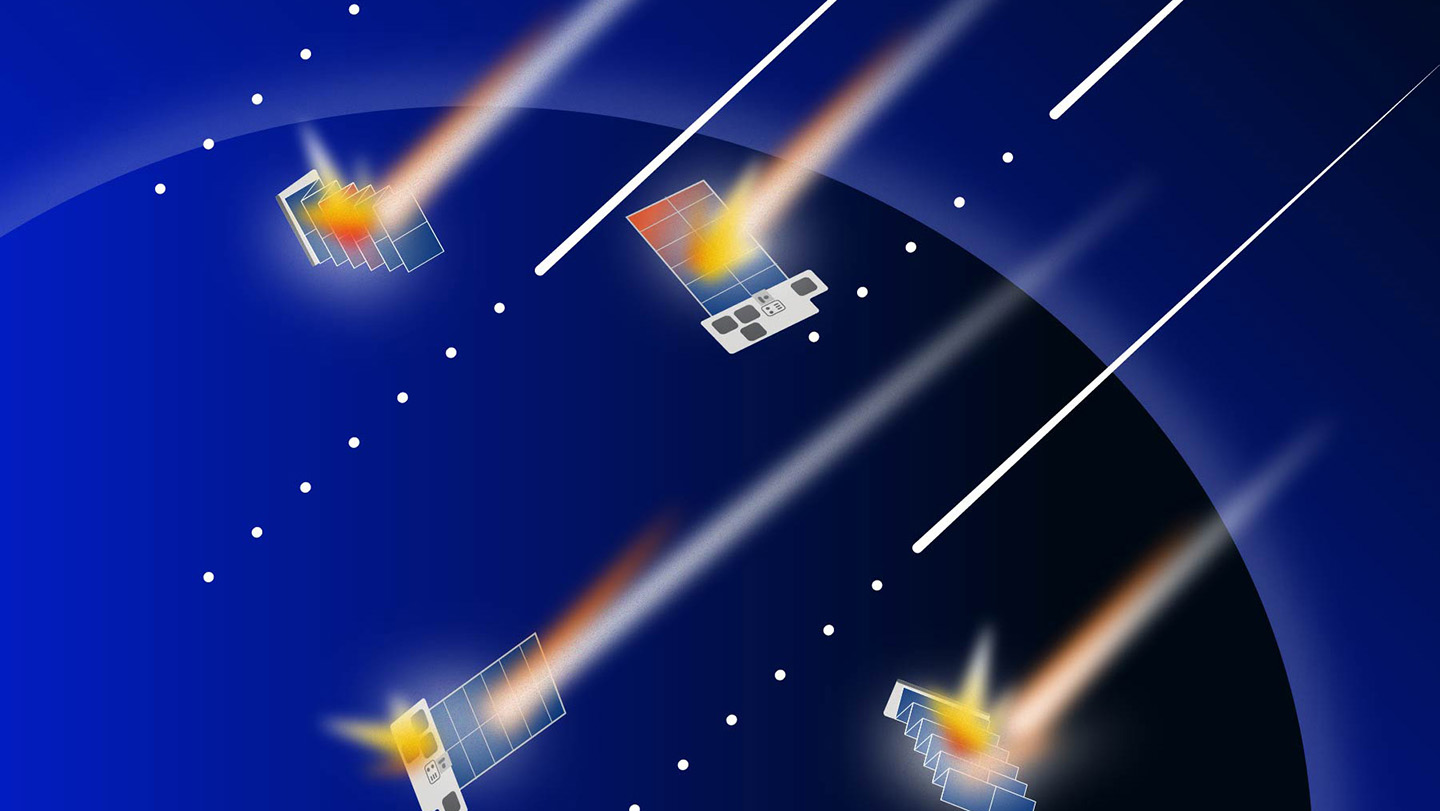
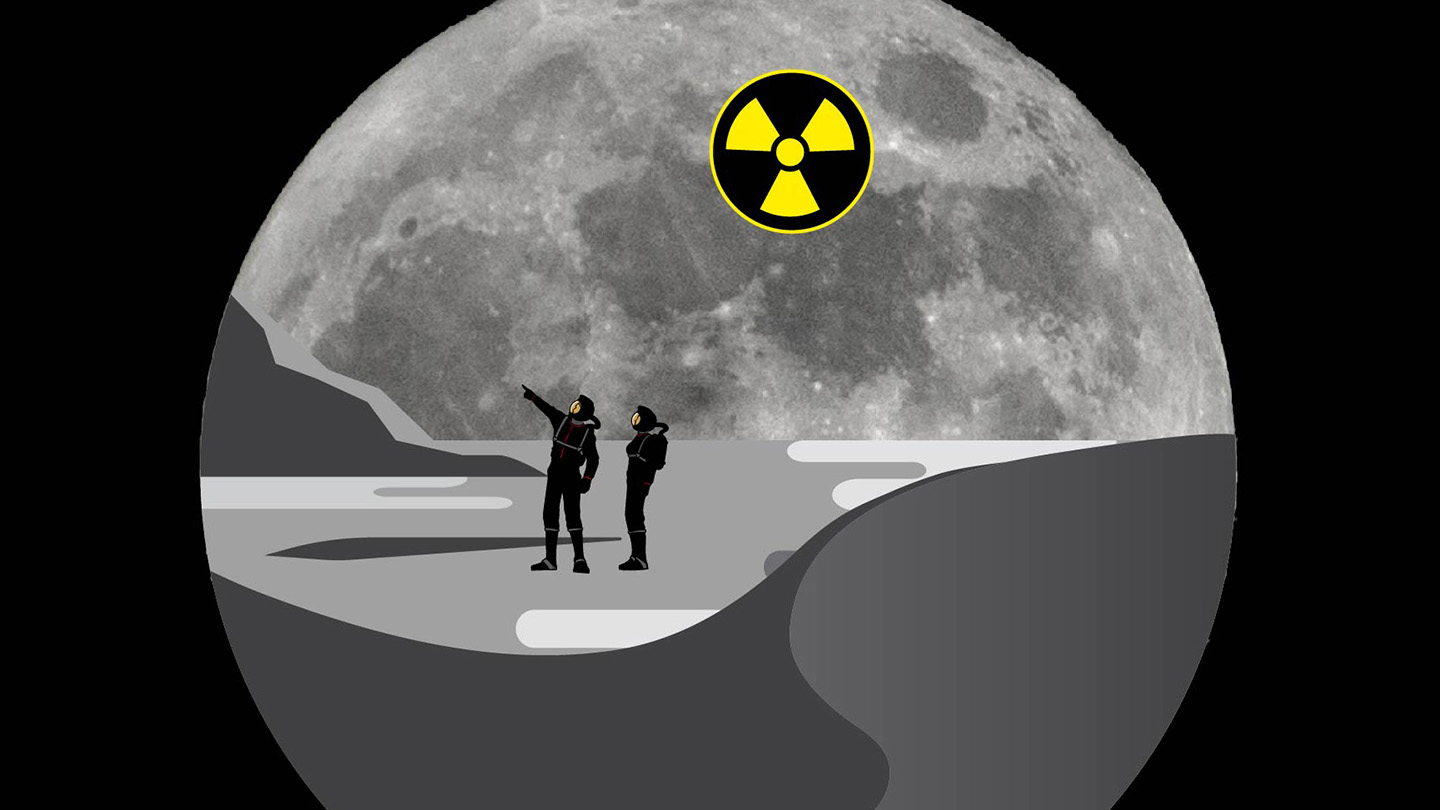
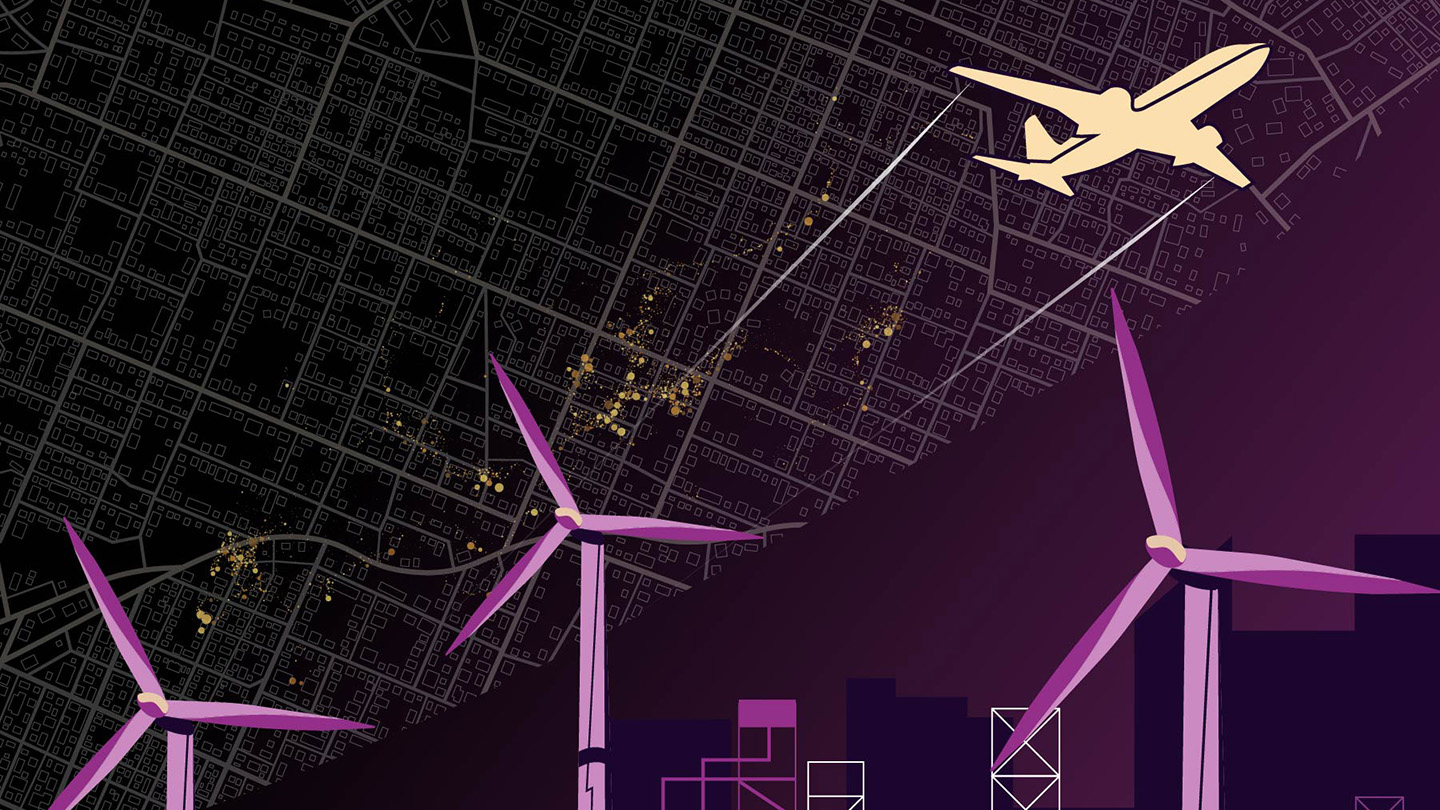
Missions
APL has designed, built, and operated more than 70 innovative spacecraft over its six decades of spaceflight experience. Click below to learn about some of the heliophysics and space weather missions that made revolutionary discoveries, and spacecraft that will push the boundaries of exploration and investigate outstanding scientific mysteries.
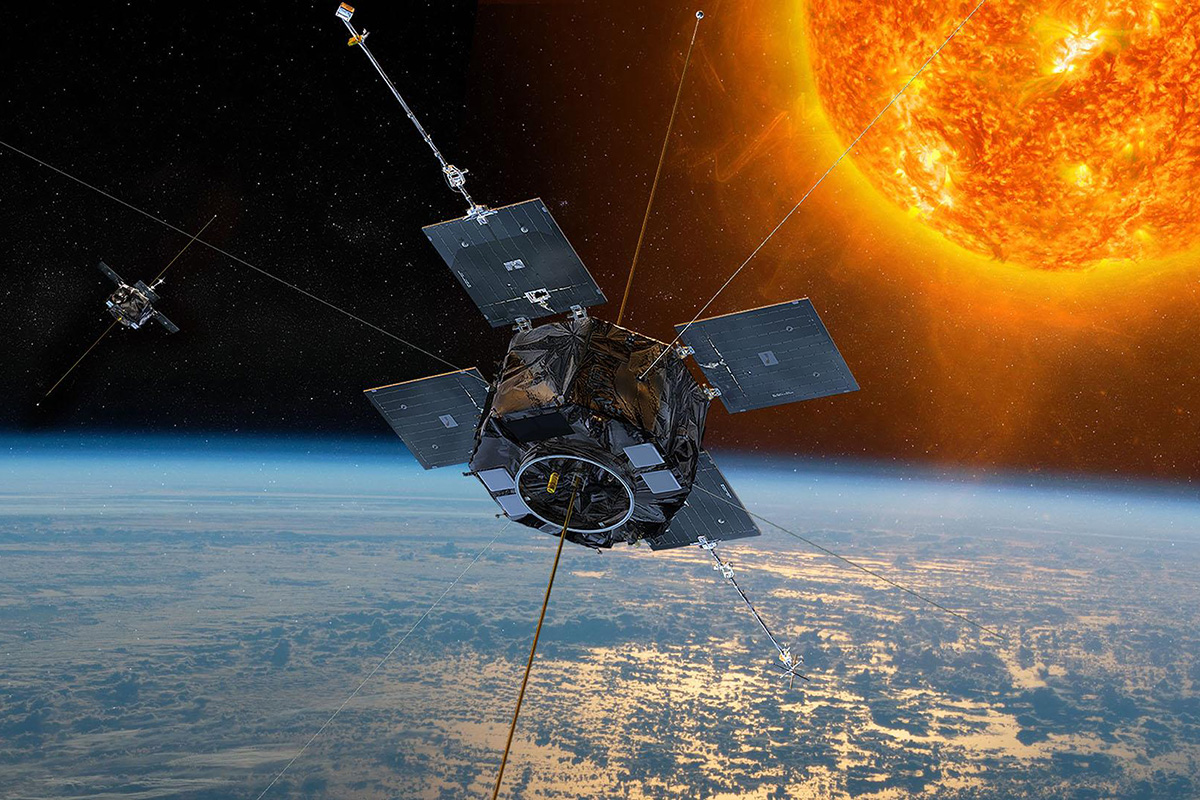
Van Allen Probes Earth
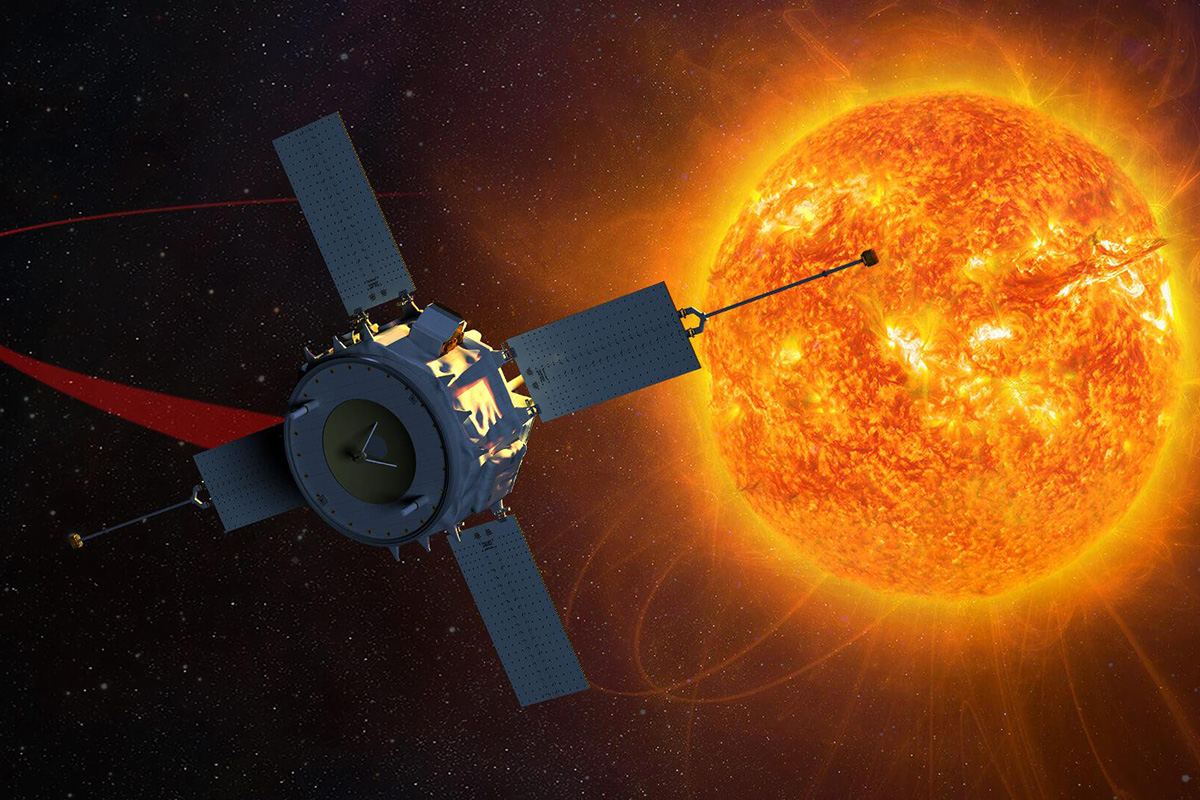
ACE Sun and Solar Wind
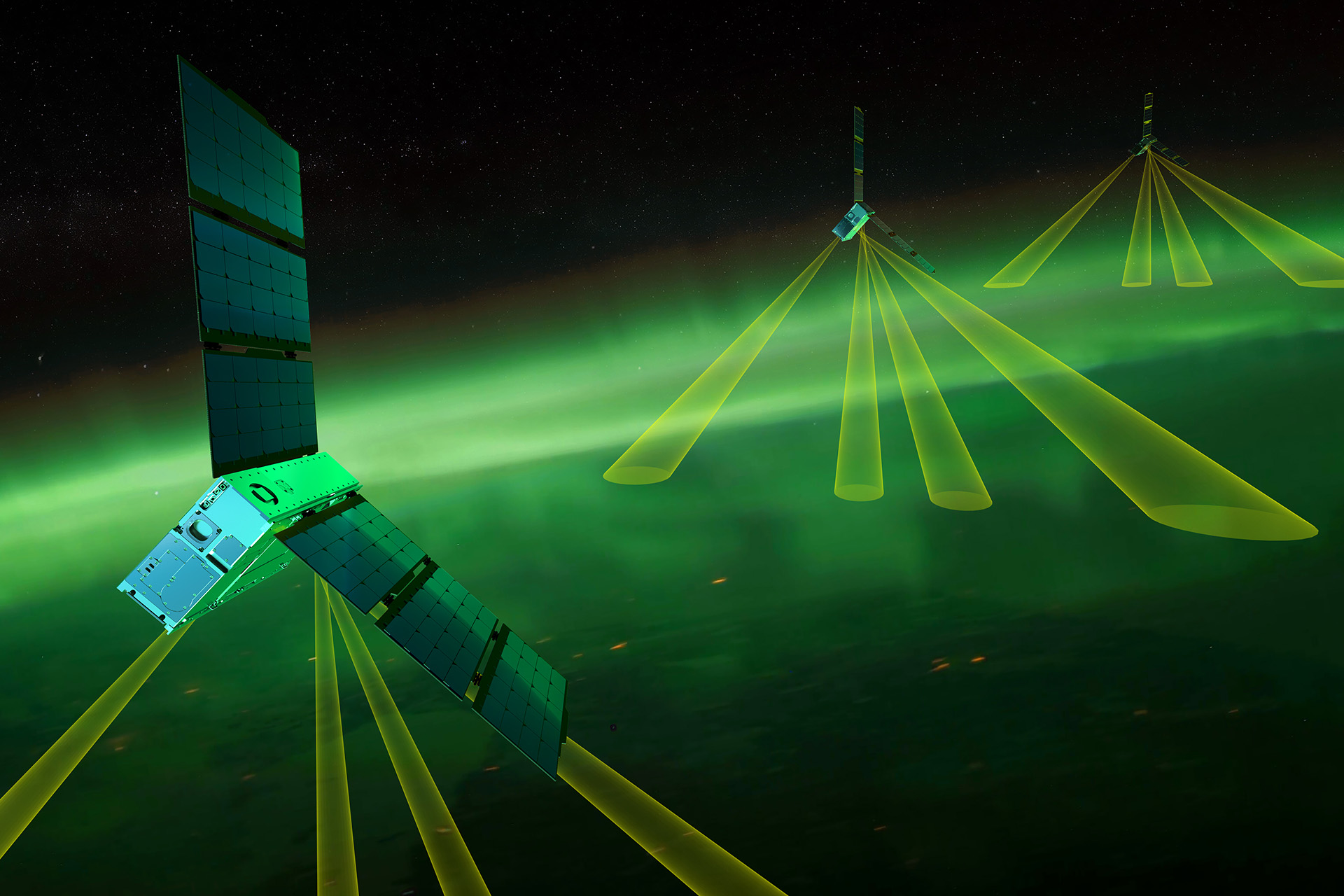
EZIE Earth
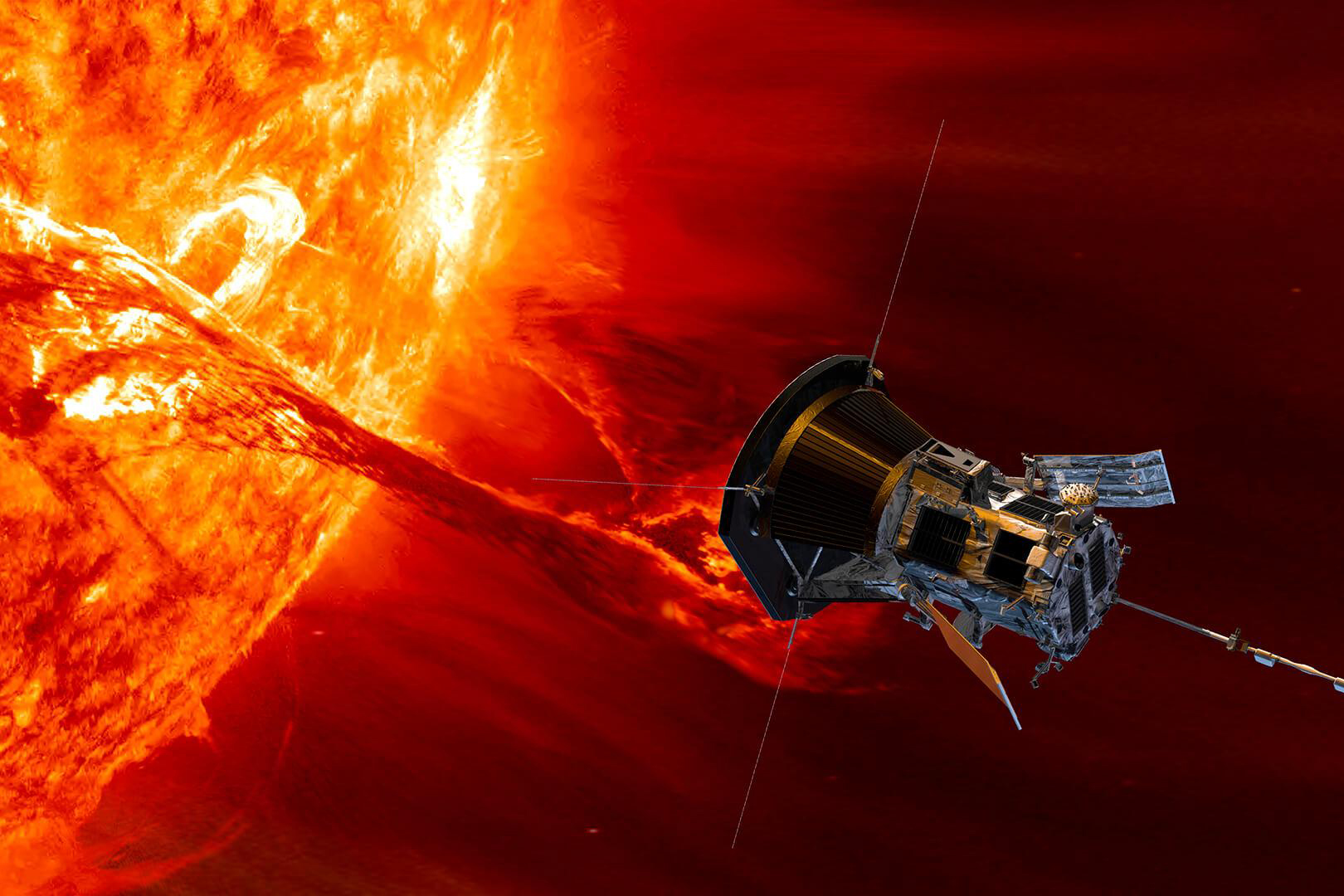
Parker Solar Probe Sun and Solar Wind
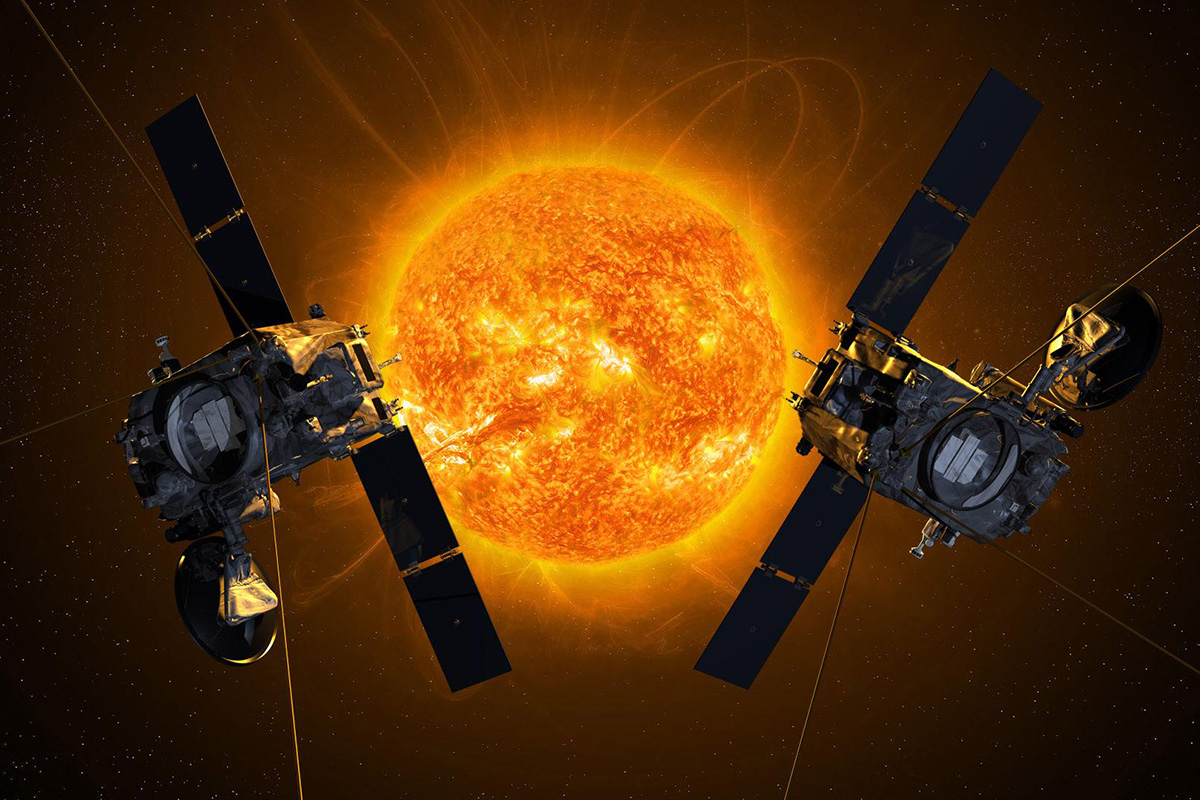
STEREO Sun and Solar Wind
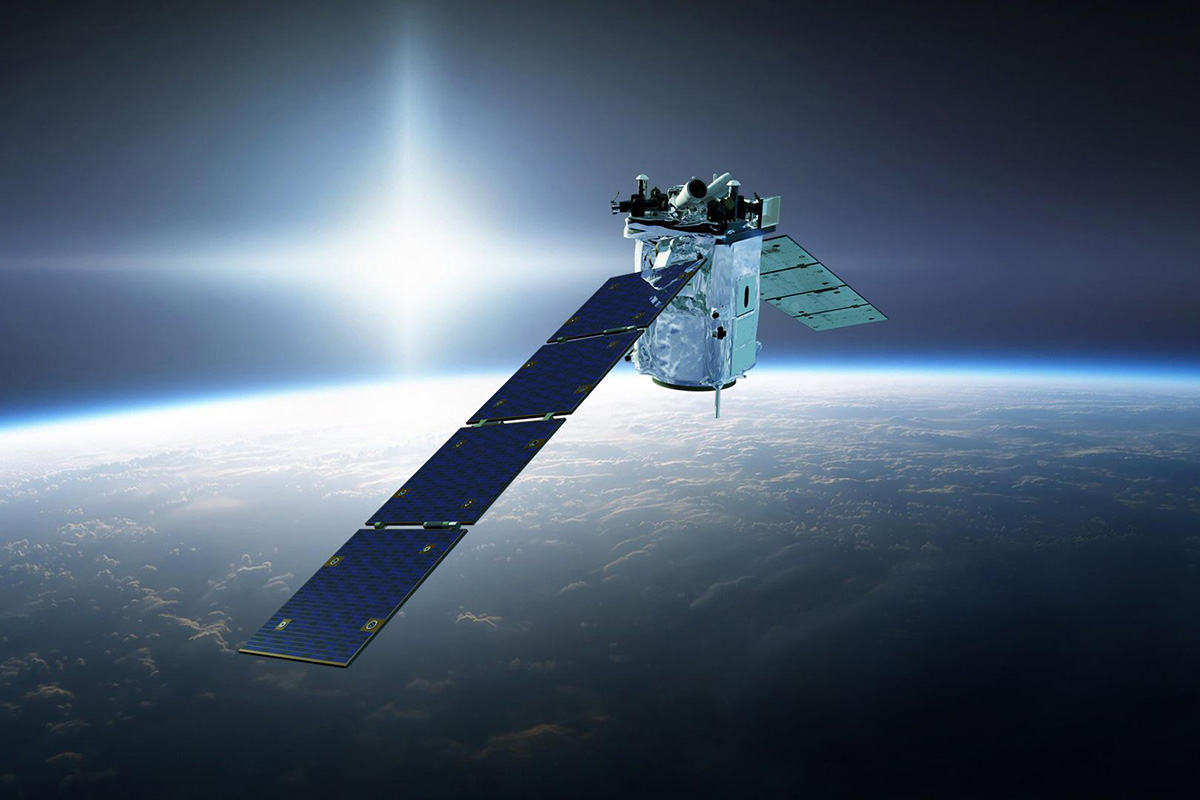
TIMED Earth
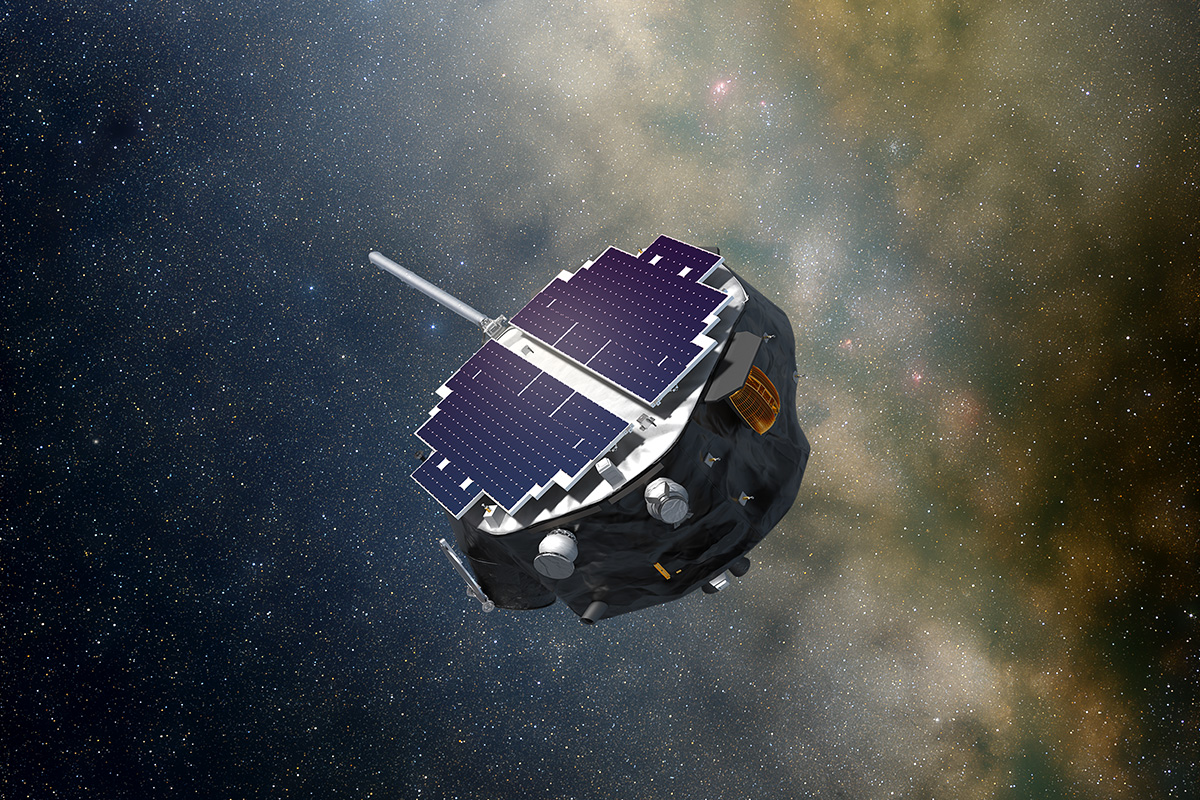
IMAP Interstellar Medium
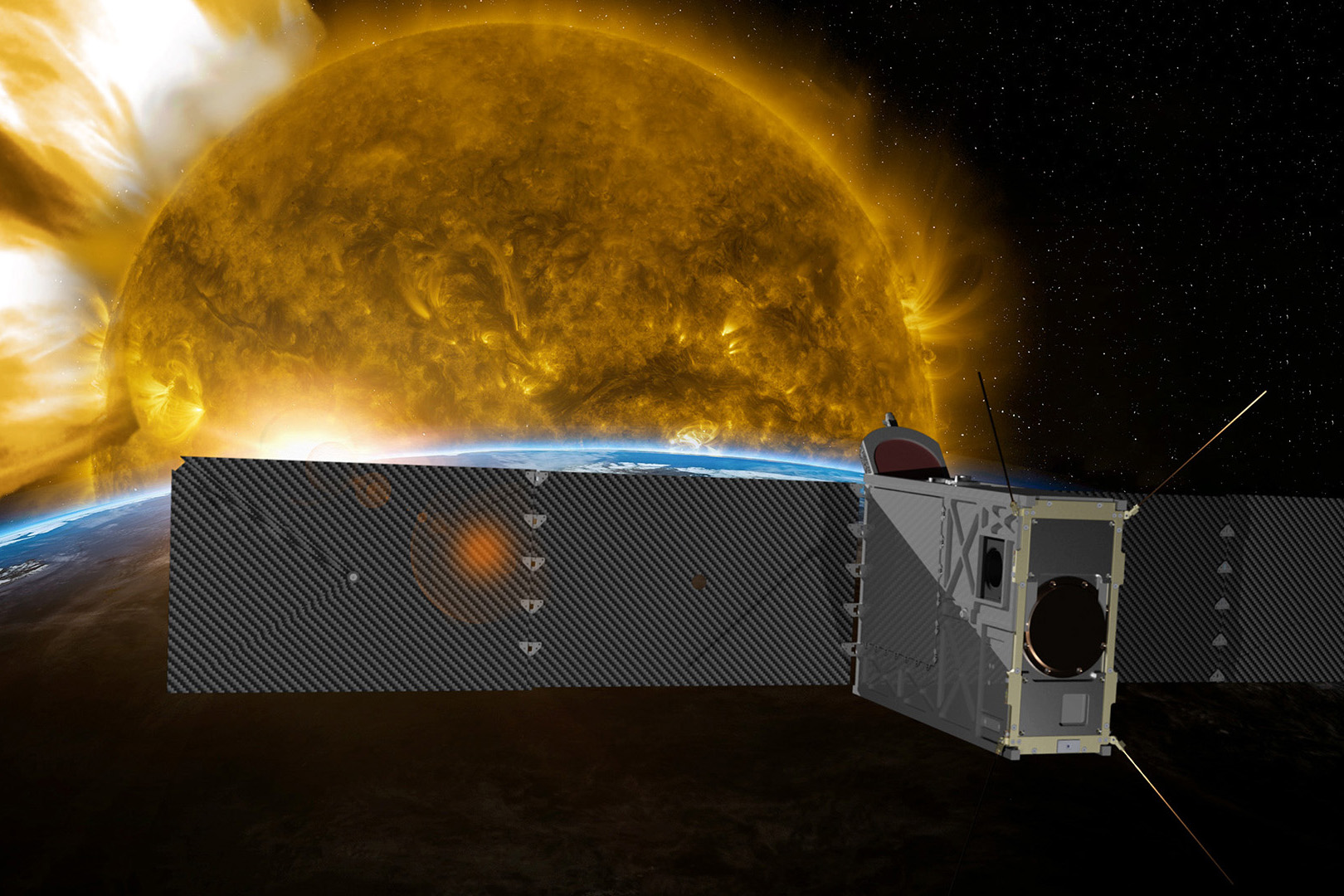
SunCET Sun and Solar Wind
Our Expertise
Ask an Expert

What Is Space Weather, and How Does It Impact Daily Life on Earth? →
Today’s bustling world hinges on power and satellite communication systems to deliver information at breakneck speed, yet a single powerful geomagnetic storm unleashed from extreme solar activity can suddenly bring these systems to a halt. APL’s Ian Cohen explains what space weather is, and how experts research and understand space weather effects.
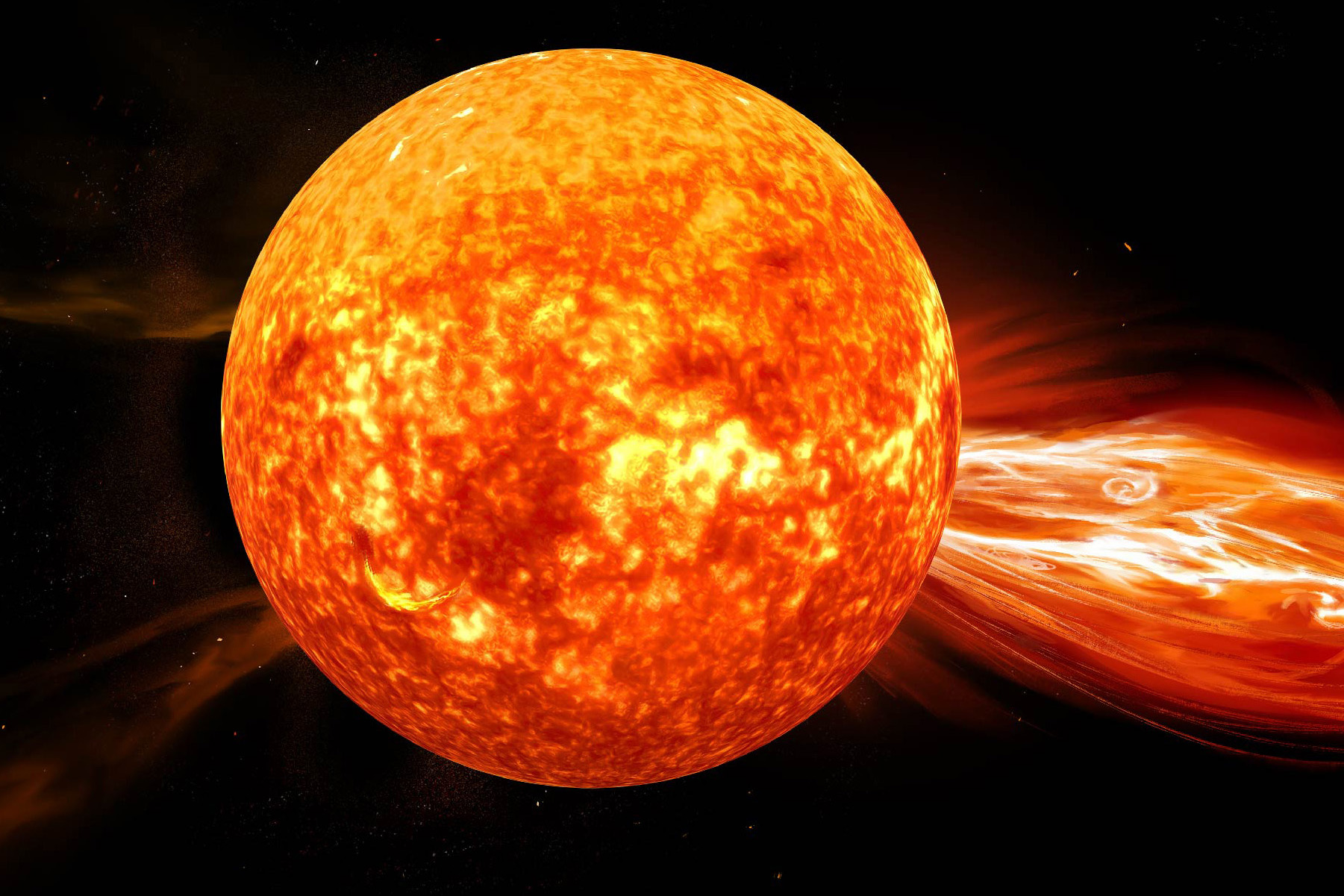
Understanding and Predicting the Sun’s Flares and Mass Ejections →
APL’s Ian Cohen explains the importance of understanding and predicting the Sun’s flares and mass ejections, which can halt Earth’s technosphere. As a recognized space weather center of excellence, APL has fostered collaborations and built state-of-the-art physics-based and machine-learning models to set the groundwork for predicting such severe space weather events. APL has built and operated dozens of instruments and NASA spacecraft missions to better understand space weather in general.
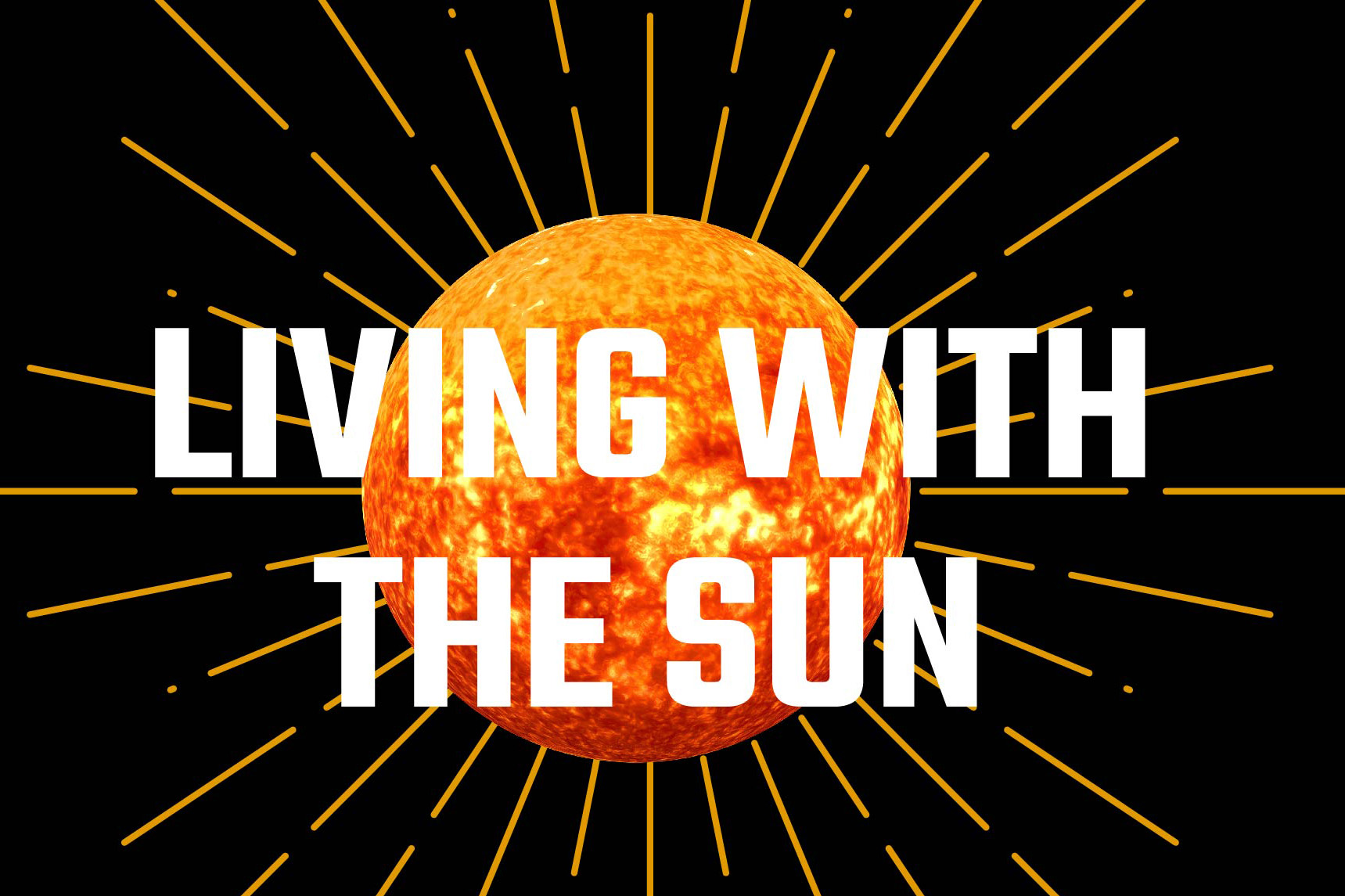
When the Sun’s Reach Touches Earth: A Look Back in History →
APL’s Ian Cohen looks back at times when space weather made a big impact on history. With our reliance on space technology growing exponentially, and the effects of space weather becoming more prevalent, it’s more important than ever to understand and research space weather.

Space Weather Science and Observation Gap Analysis
The Space Weather Science and Observation Gap Analysis report describes the results of an APL-led science and measurement gap analysis for the Space Weather Science Application Program within NASA’s Heliophysics Division. NASA commissioned the report in response to recommendations from the 2013 National Academies of Sciences, Engineering, and Medicine Decadal Survey for Solar and Space Physics, and its actions were delineated in the 2019 National Space Weather Strategy and Action Plan.
APL led a committee of space weather experts from academia, the commercial sector, and the space weather operational and end-user community to explore how measurements from NASA observatories will advance forecasting, nowcasting, and hindcasting.
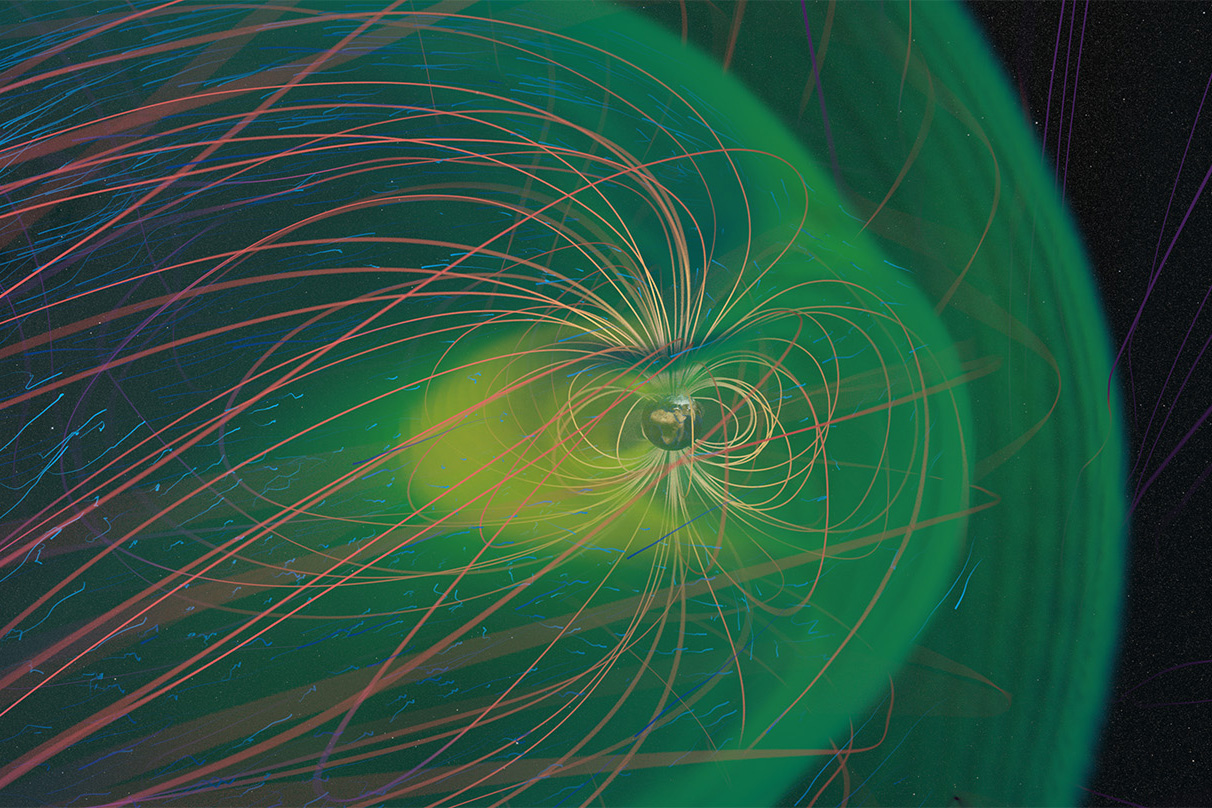
Center for Geospace Storms
Headquartered at APL, the Center for Geospace Storms (CGS) is a collaboration among several scientific and educational institutions to help industries and governments better predict when and how space weather events will affect various technological tools and systems. CGS experts are developing predictive models that can provide a stronger grasp of space weather and its potential impacts. The project is part of NASA’s Diversify, Realize, Integrate, Venture, Educate (DRIVE) Science Centers program, which aims to encourage collaborative science by establishing multi-institutional centers that can address major research challenges in space and solar physics.
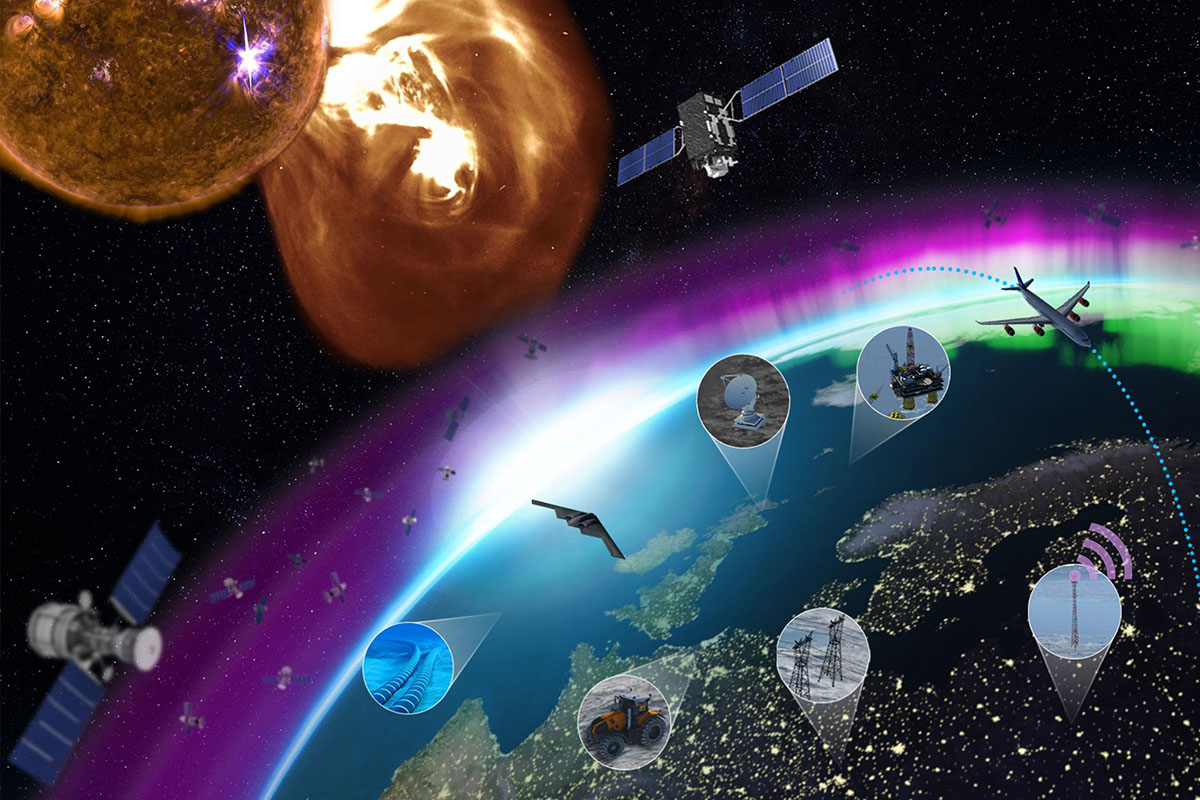
Space Weather Tabletop Exercise
As we deepen our understanding of space weather’s impacts on our infrastructure and economy, the need for joint planning and execution across the whole of government has become more important than ever before. In spring 2024, APL lead a large-scale tabletop exercise that united key stakeholders and decision-makers through a simulation of a catastrophic space weather event and the impacts to Earth. This exercise allowed leaders to better understand and shape processes, response procedures, and policies in the event of a space weather disaster.
Instruments
APL scientists and engineers have designed, built, and operated more than 300 novel space instruments to conduct cutting-edge research and make groundbreaking discoveries. Click below to learn about some of these instruments and their role in shaping our understanding of space weather.
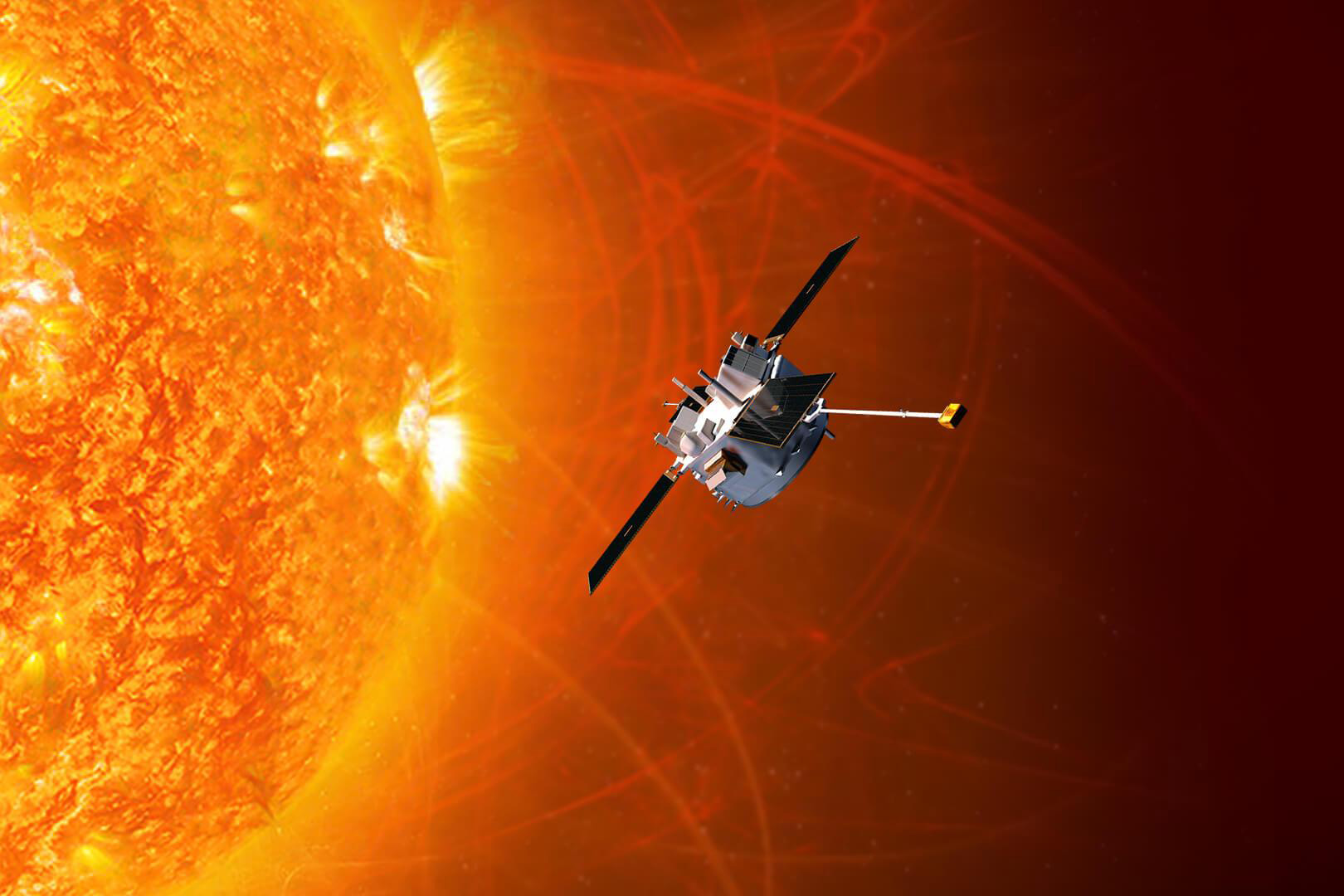
EPAM Sun and Solar Wind
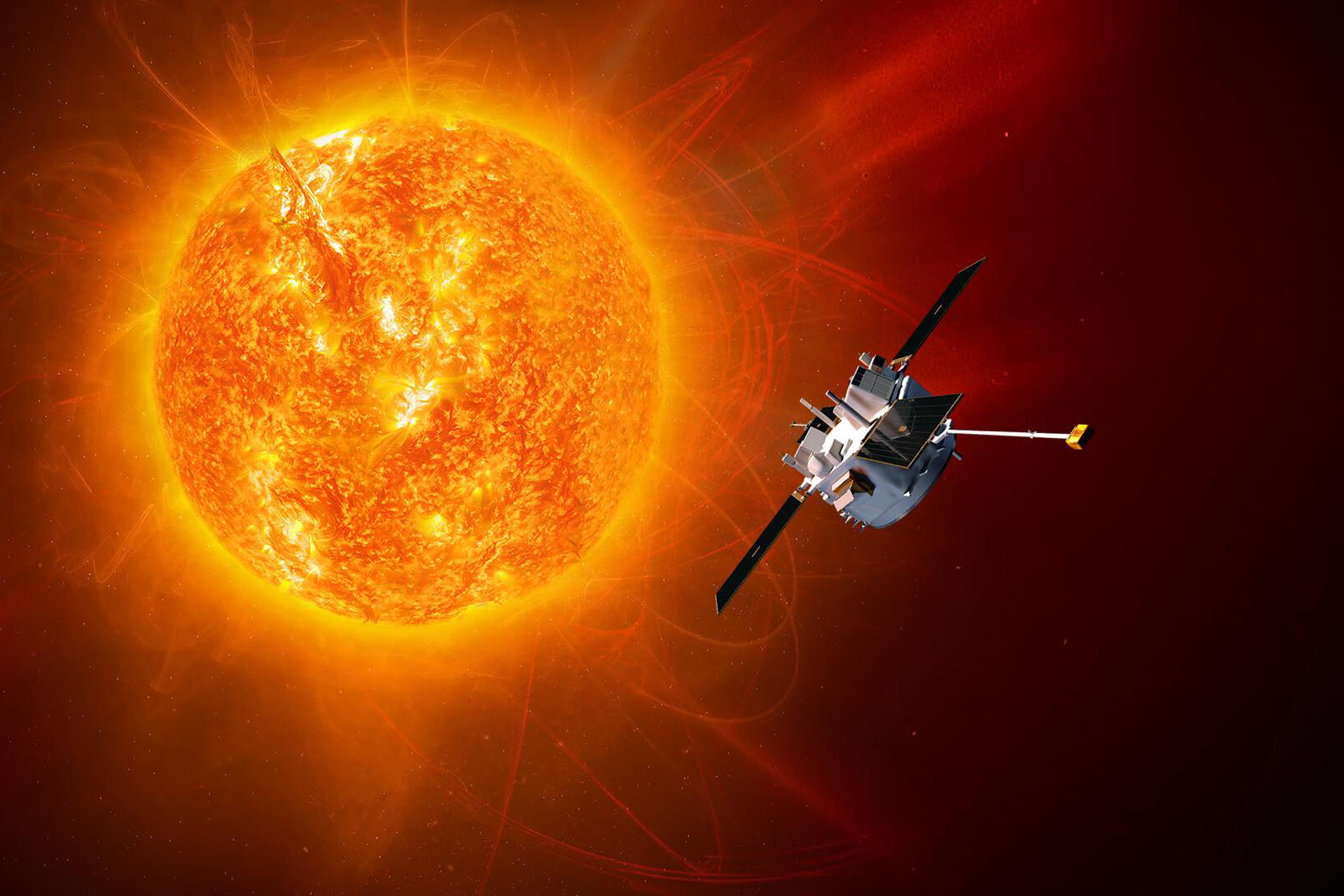
ULEIS Sun and Solar Wind
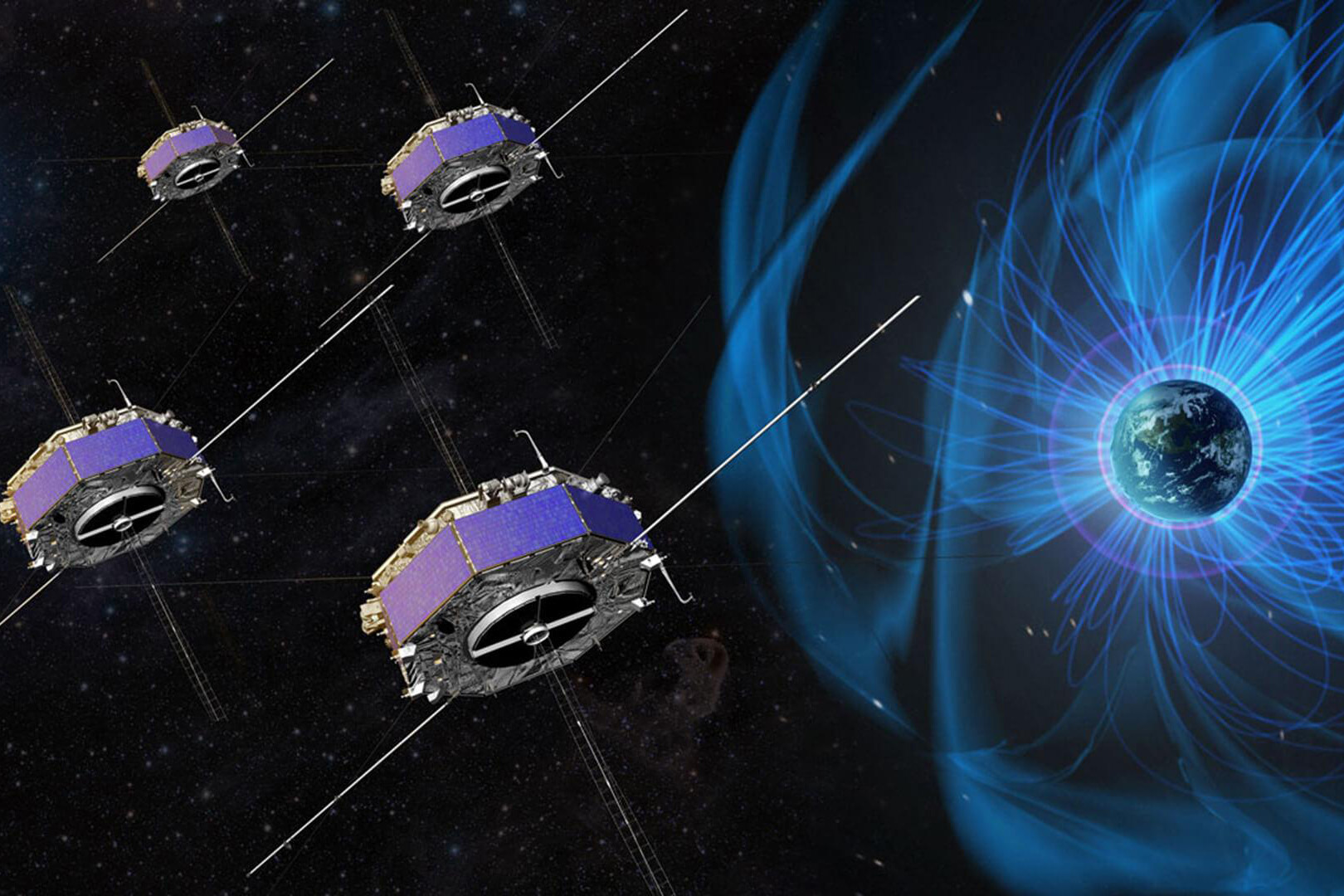
EPD-EIS Earth
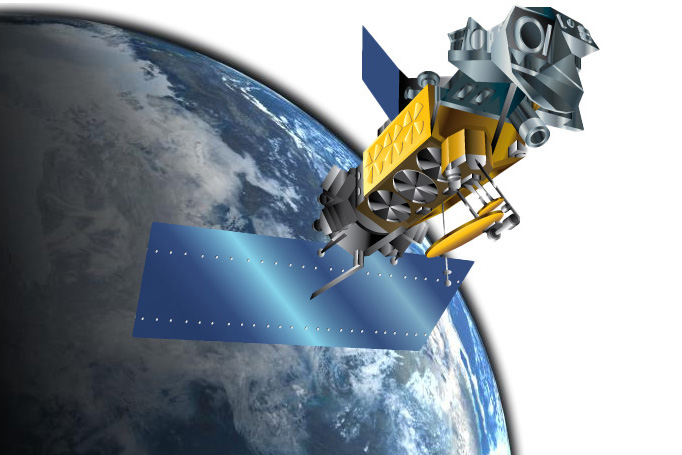
SSUSI Earth
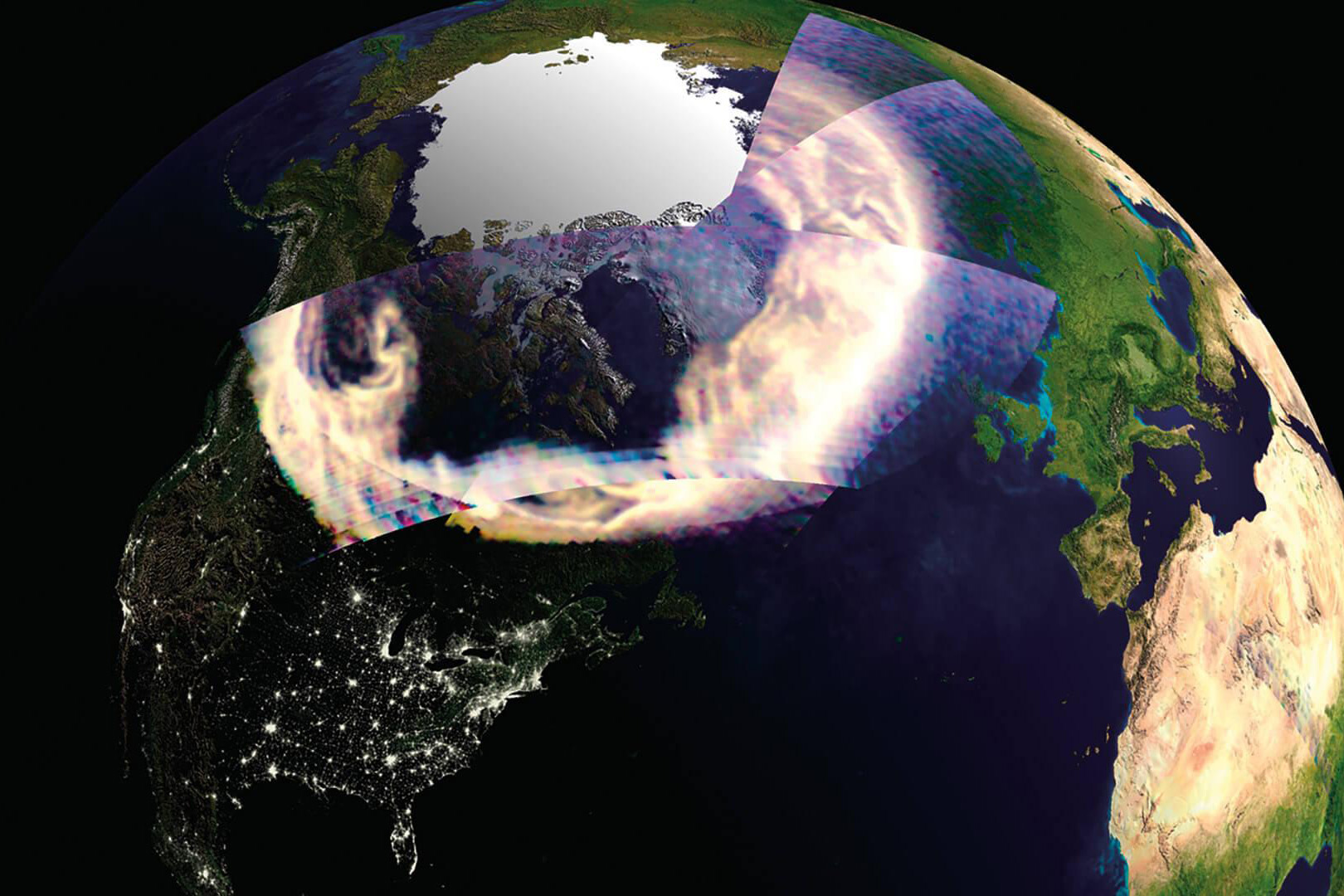
GUVI Earth
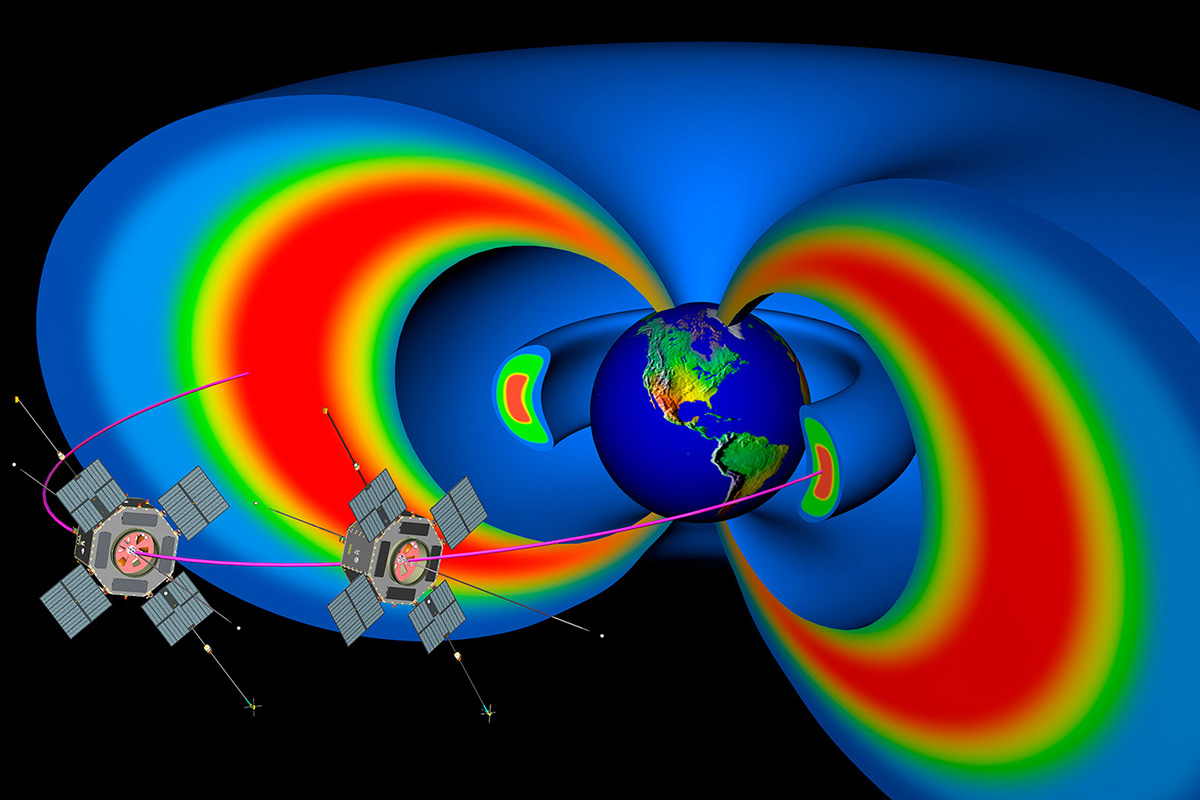
RBSPICE Earth
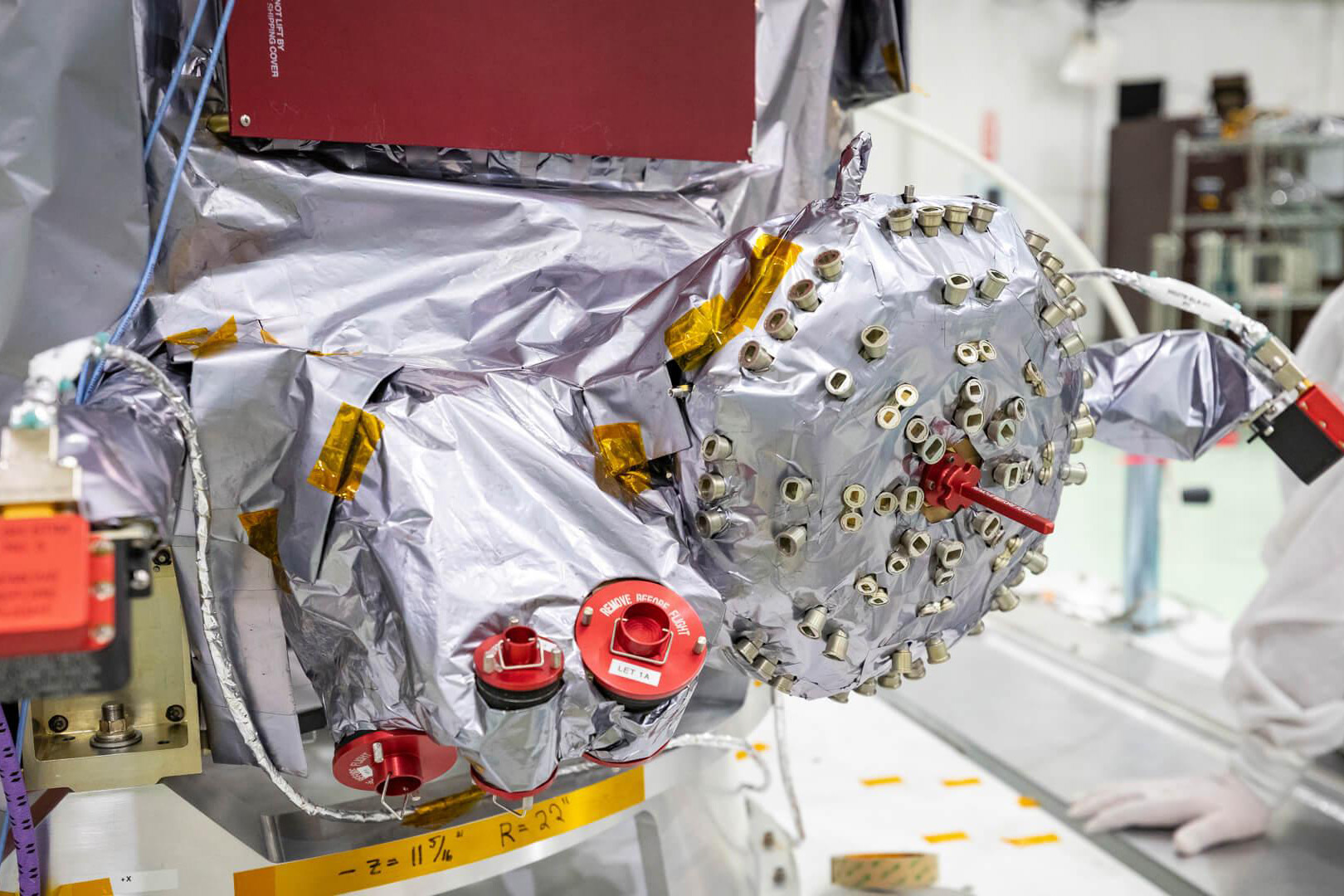
EPI-Lo Sun and Solar Wind
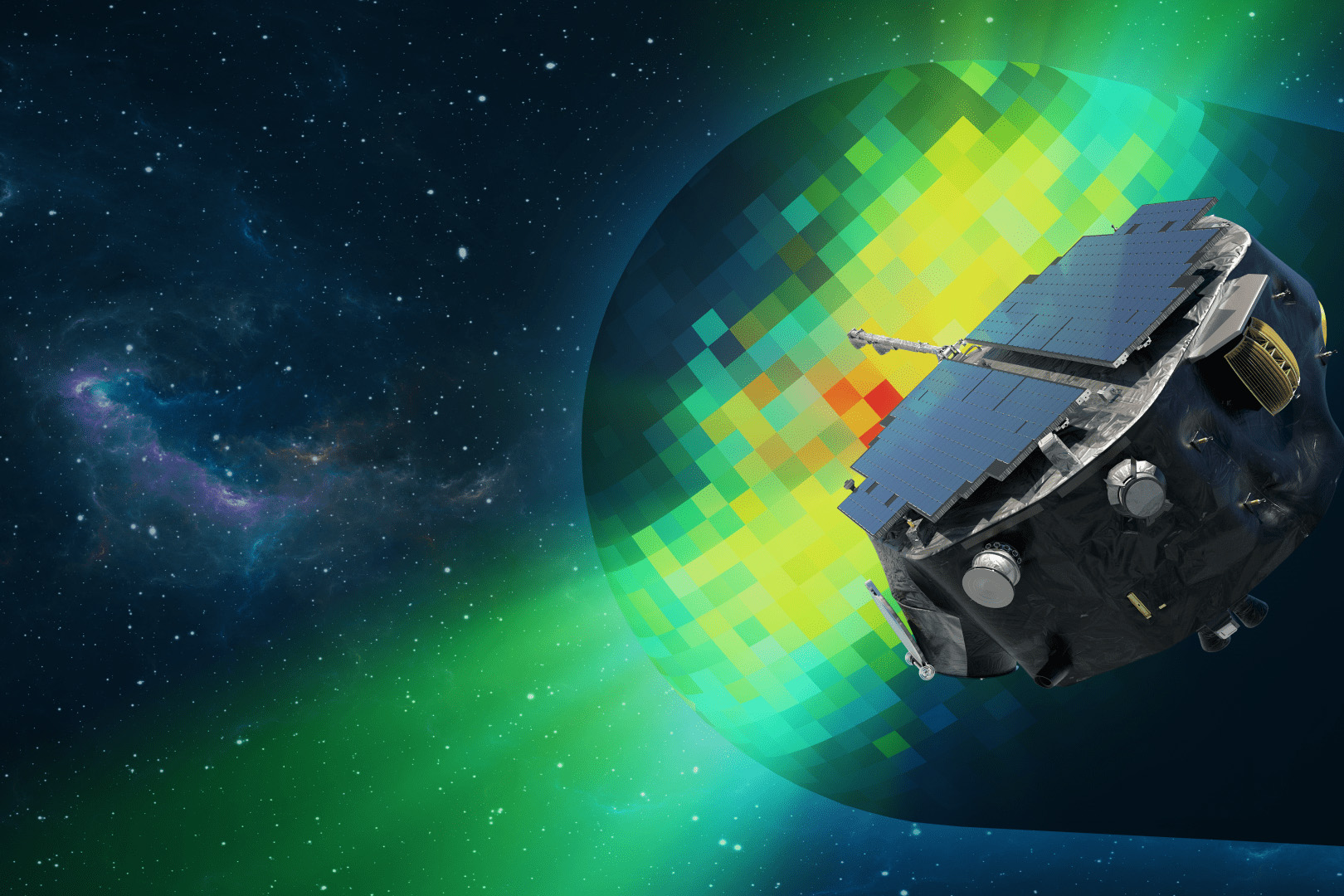
IMAP-Ultra Interstellar Medium
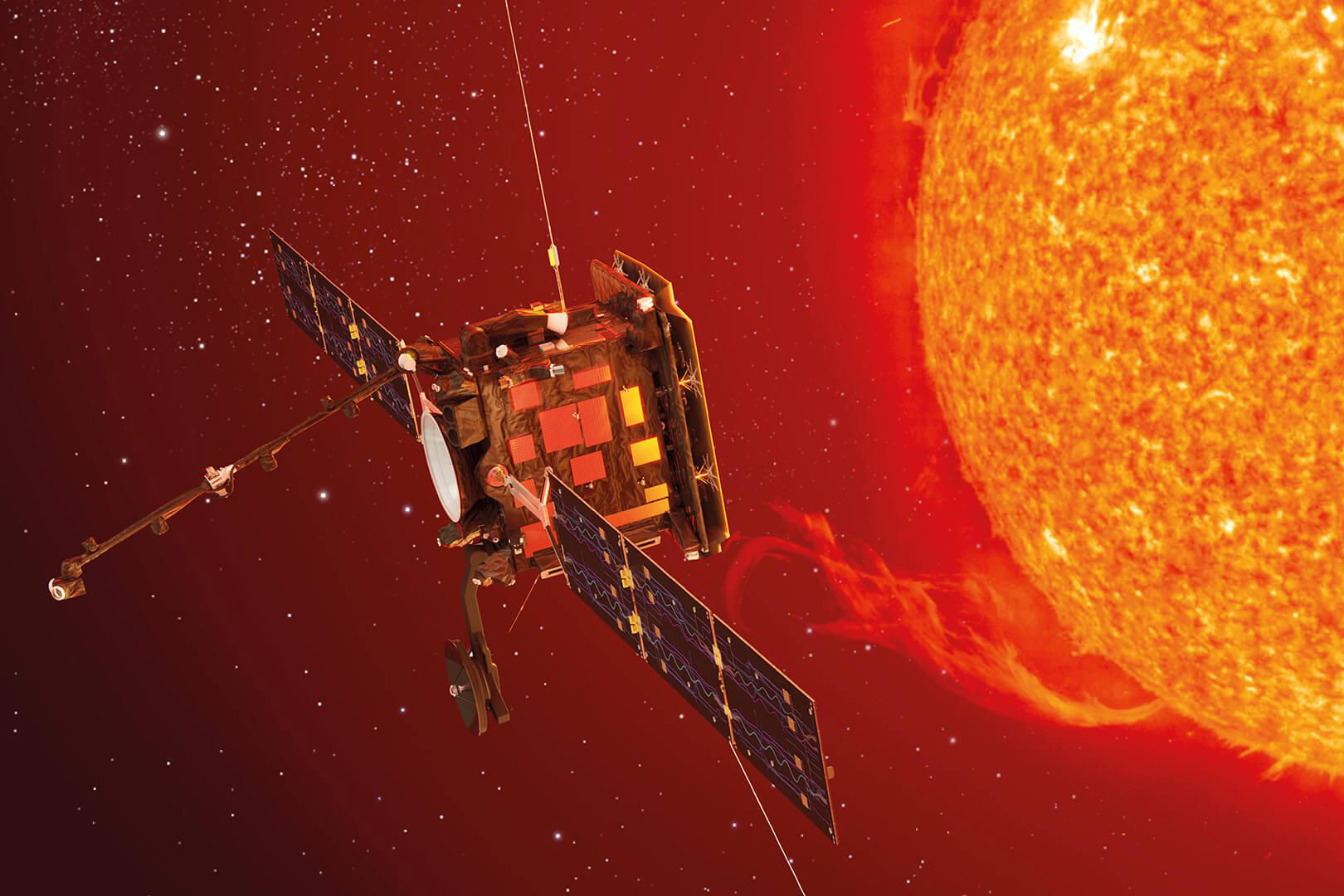
SIS Sun and Solar Wind
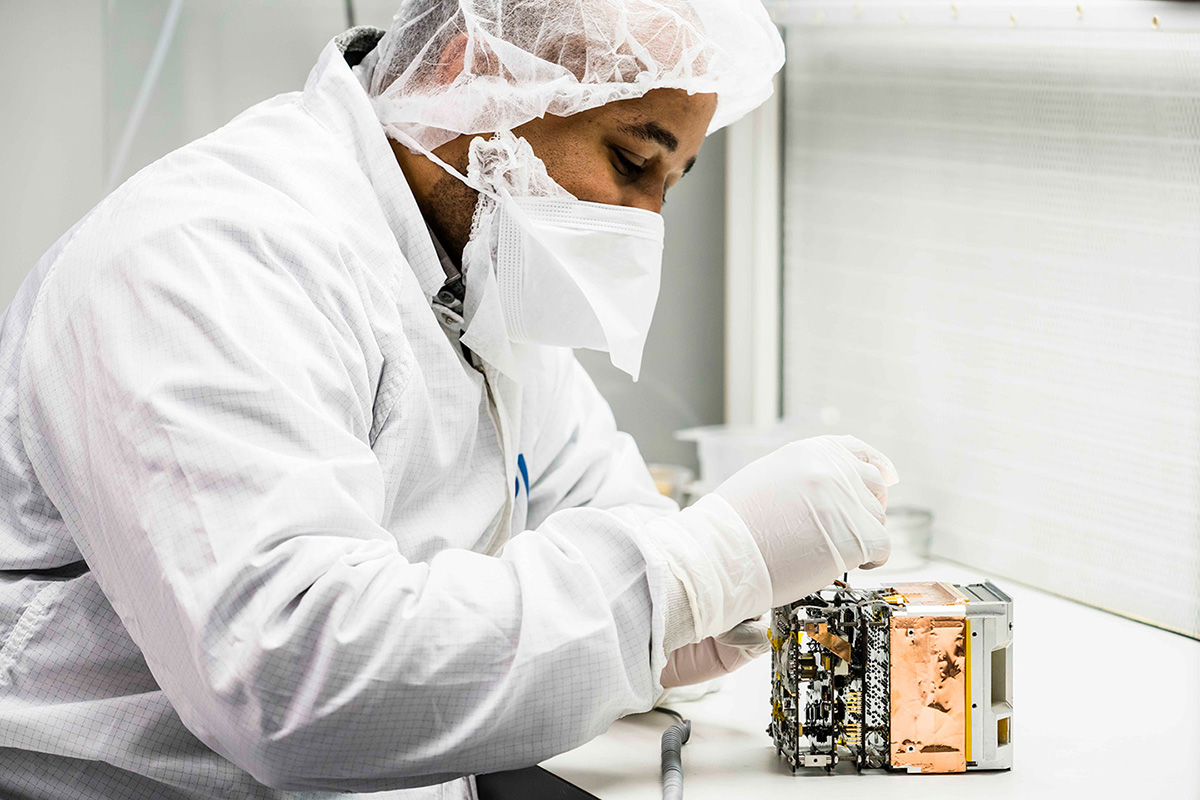
REAL Earth
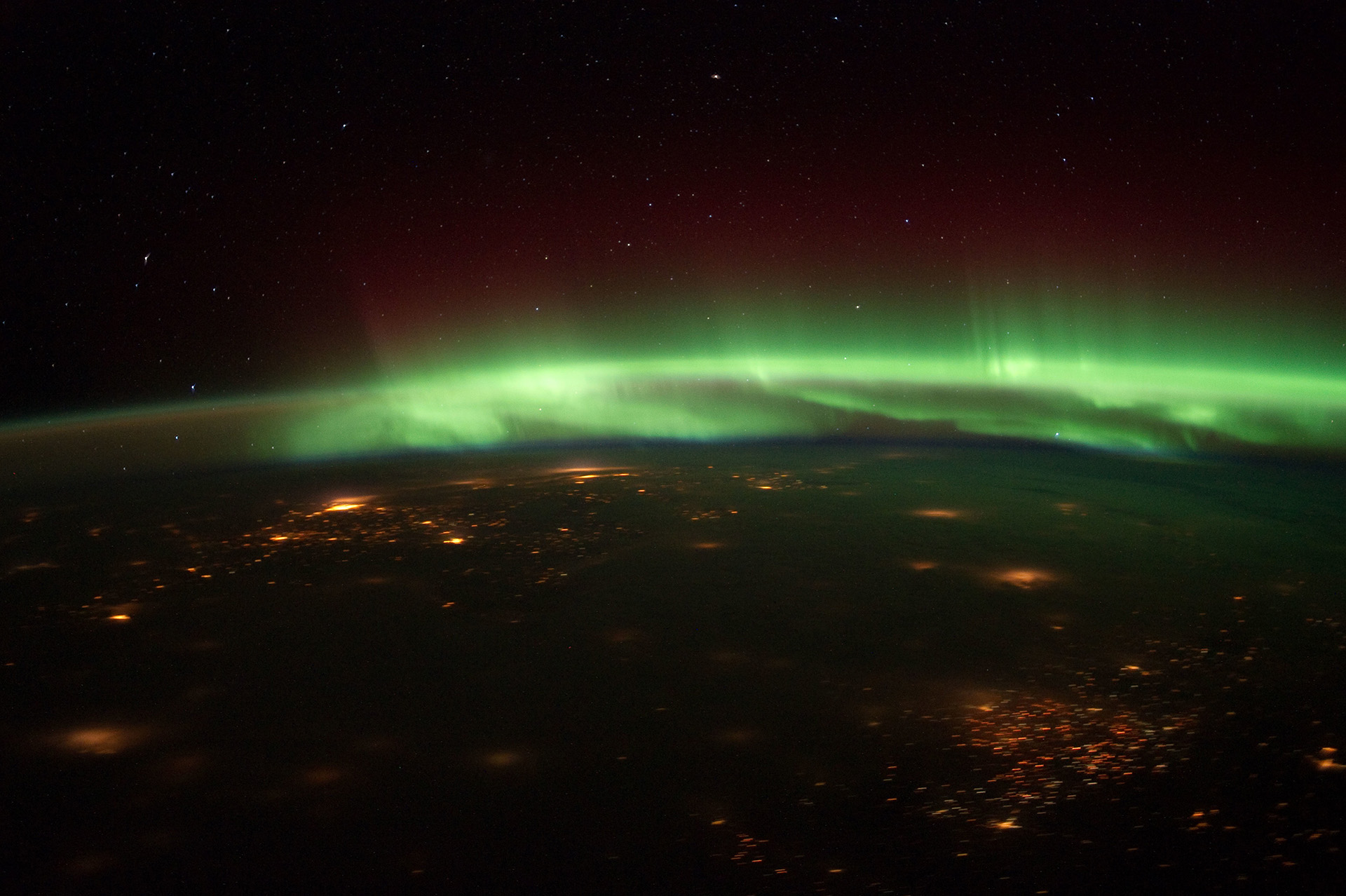
OVATION Prime Model
The NOAA Space Weather Prediction Center and the NOAA National Geophysical Data Center use the APL-developed OVATION Prime model that forecasts where and how intense the aurora will be at Earth approximately 30–90 minutes later.
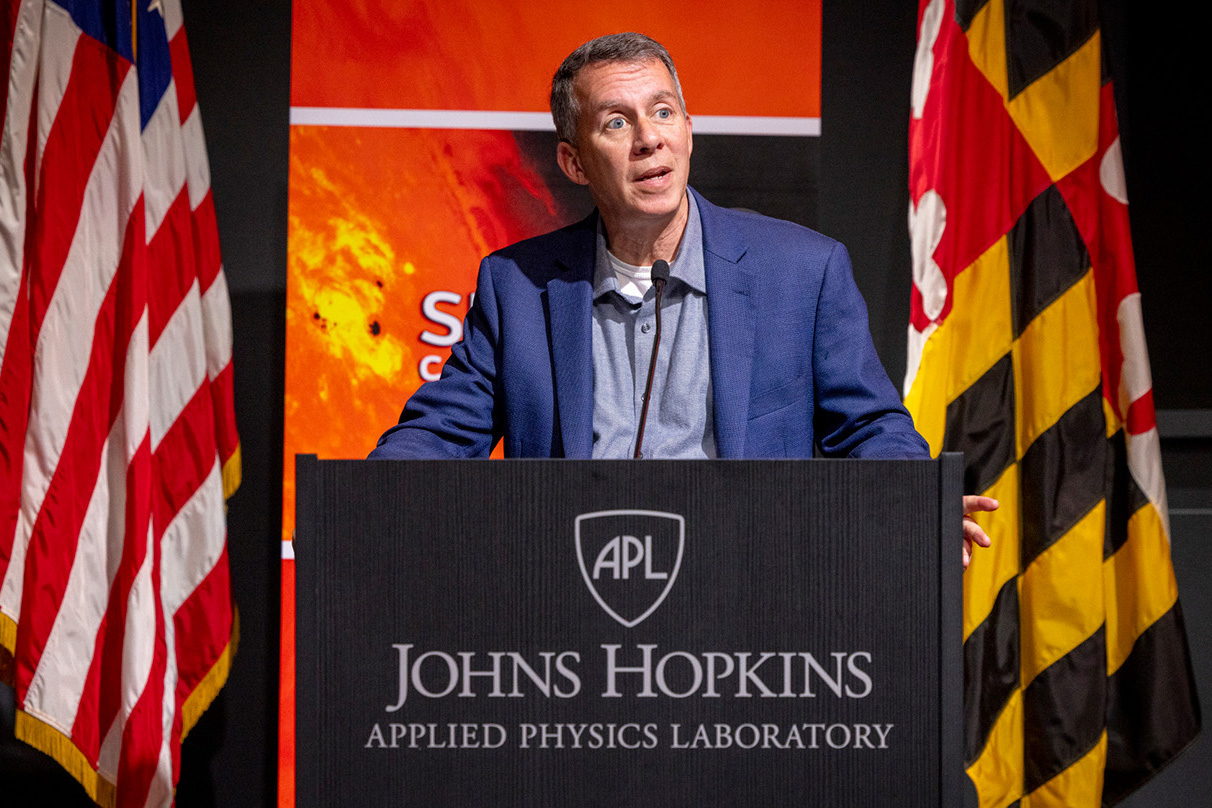
SEASONS
APL hosts the Space Environment Applications Systems and Operations for National Security (SEASONS) workshop each year to provide a forum on the impacts of space weather on civil, commercial, and defense assets near Earth and even beyond geosynchronous orbit.
Related News

Johns Hopkins APL-Led Team Releases Predictive Space Weather Model to Public Dec 12, 2025
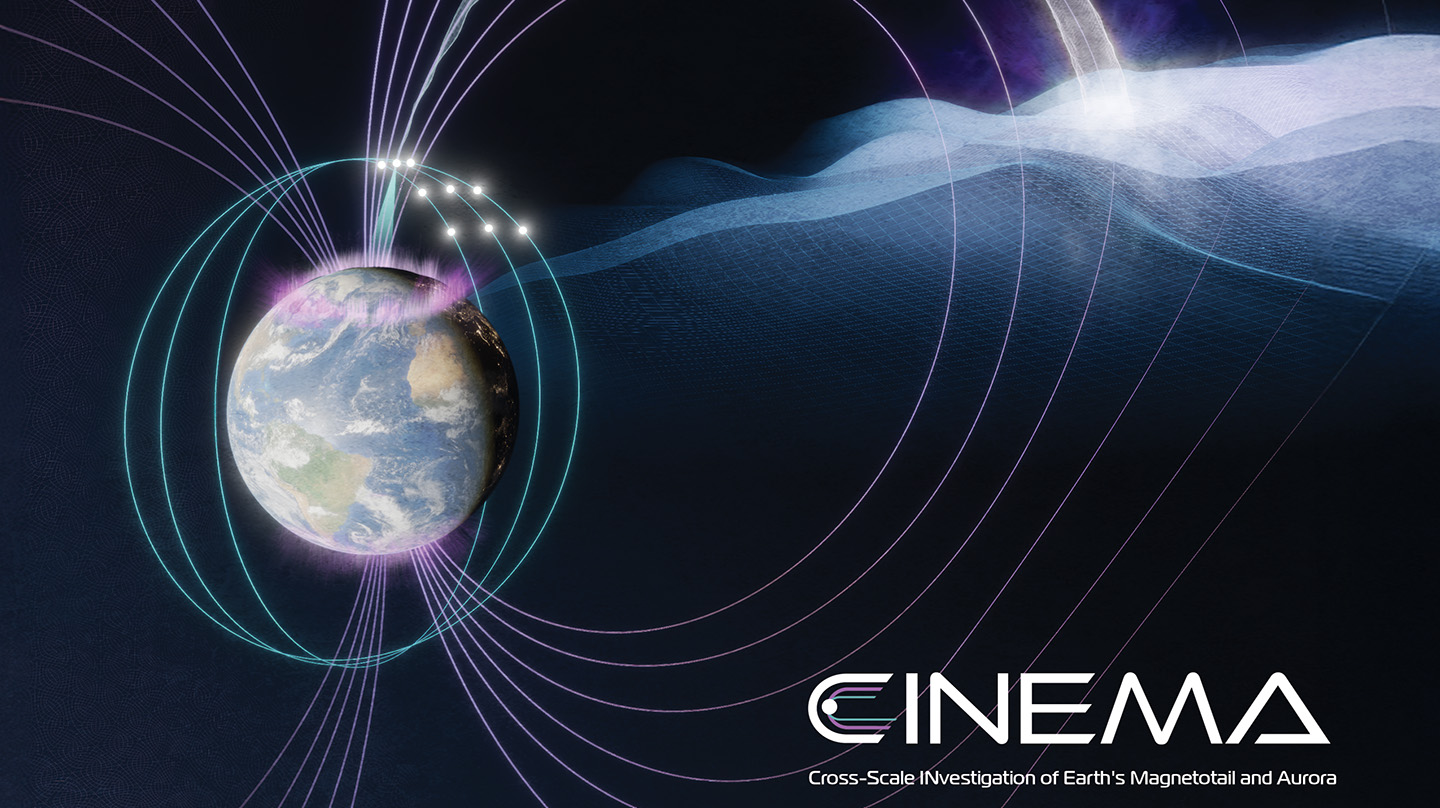
NASA Selects Johns Hopkins APL-Developed CINEMA Mission to Study Space Weather Dec 11, 2025
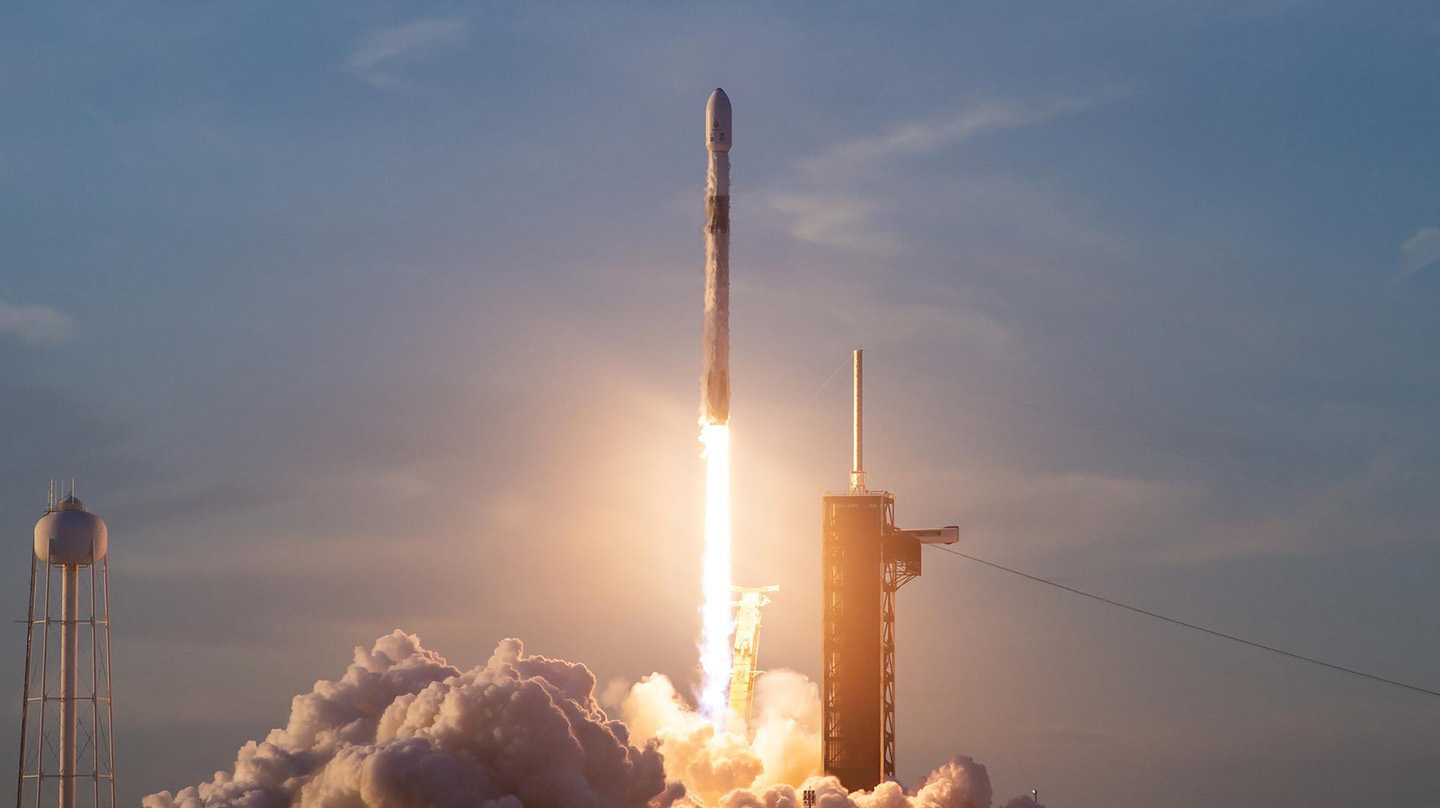
NASA Launches IMAP Mission to Study the Heliosphere and Better Understand Space Weather Sep 24, 2025
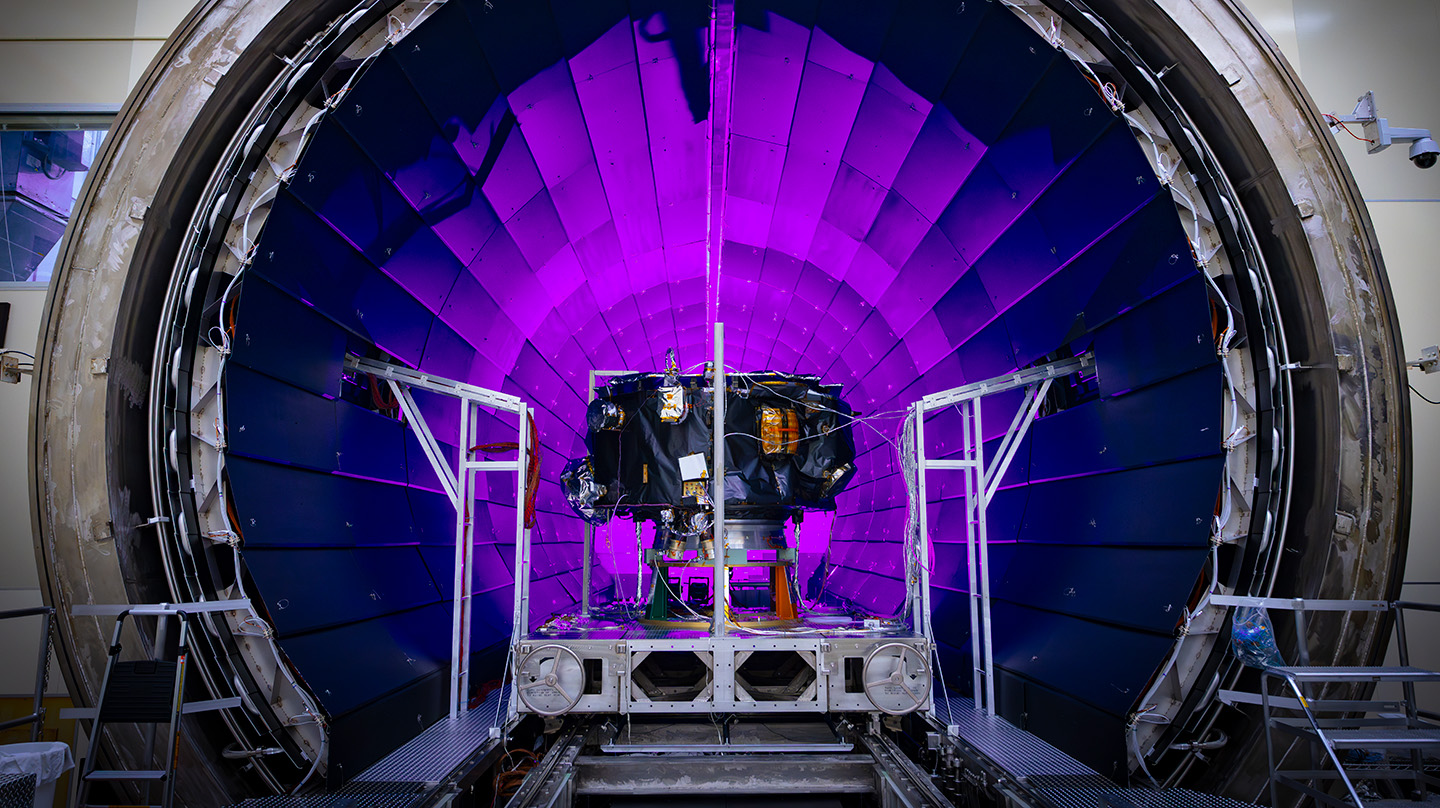
NASA’s IMAP Mission Passes Major Prelaunch Milestone Sep 19, 2025
